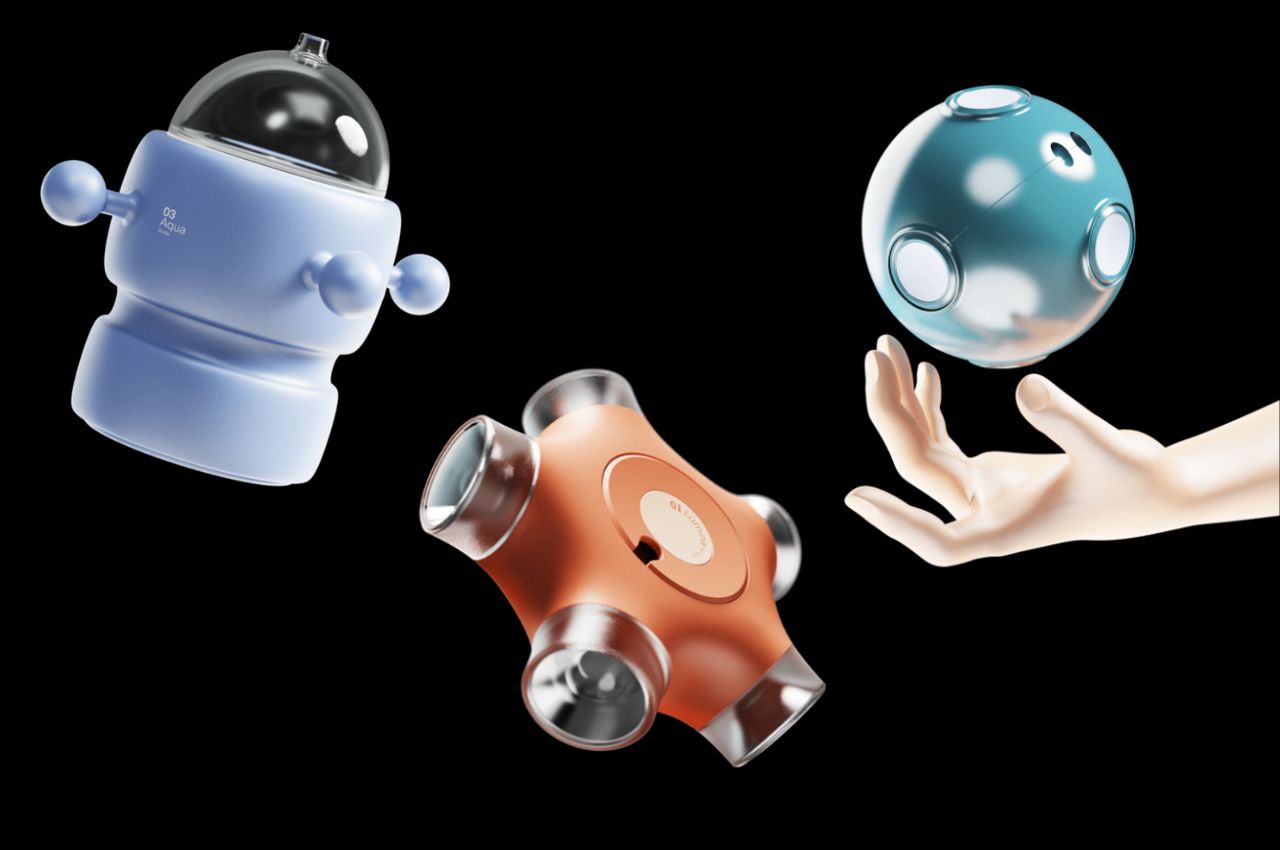
All of us have come across the various ideas floating around discussing traveling to Mars as a leisure activity. With space tourism becoming an upcoming concept, and humanity inching closer to the era of routine space travel and living, the need for products that adapt to zero-gravity environments becomes increasingly apparent. With such newer establishments, come the relevant new industries such as everyday space objects since the traditional objects developed for Earth’s gravity might pose challenges when used in the unique conditions of space. Addressing this concern, a groundbreaking collection of multi-functional products designed specifically for zero-gravity space living, including within spacecraft where gravity is absent.
Designers: Subin Kim, Jagyeong Baek, and Jaeyeon Lee
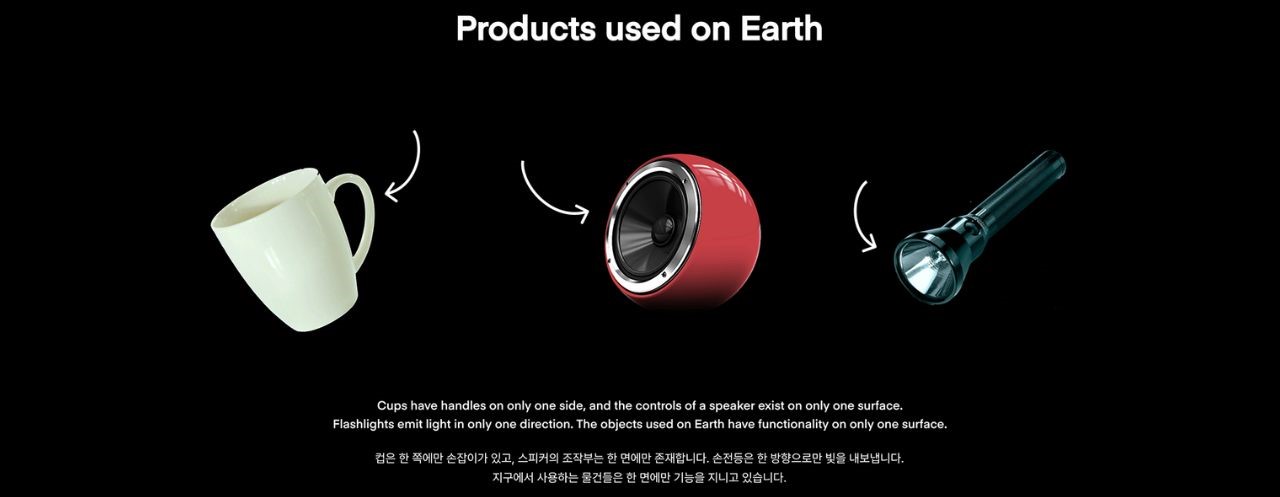

In zero-gravity environments, the absence of a defined up or down poses a challenge to conventional products that are designed to function on a single surface. Cups, flashlights, and speakers, for instance, may not be as convenient when their functionality is limited to one side. The innovative Spatio collection addresses these challenges by introducing products with multi-functional capabilities that enhance usability in zero-gravity environments.
Lumina – Flashlight:
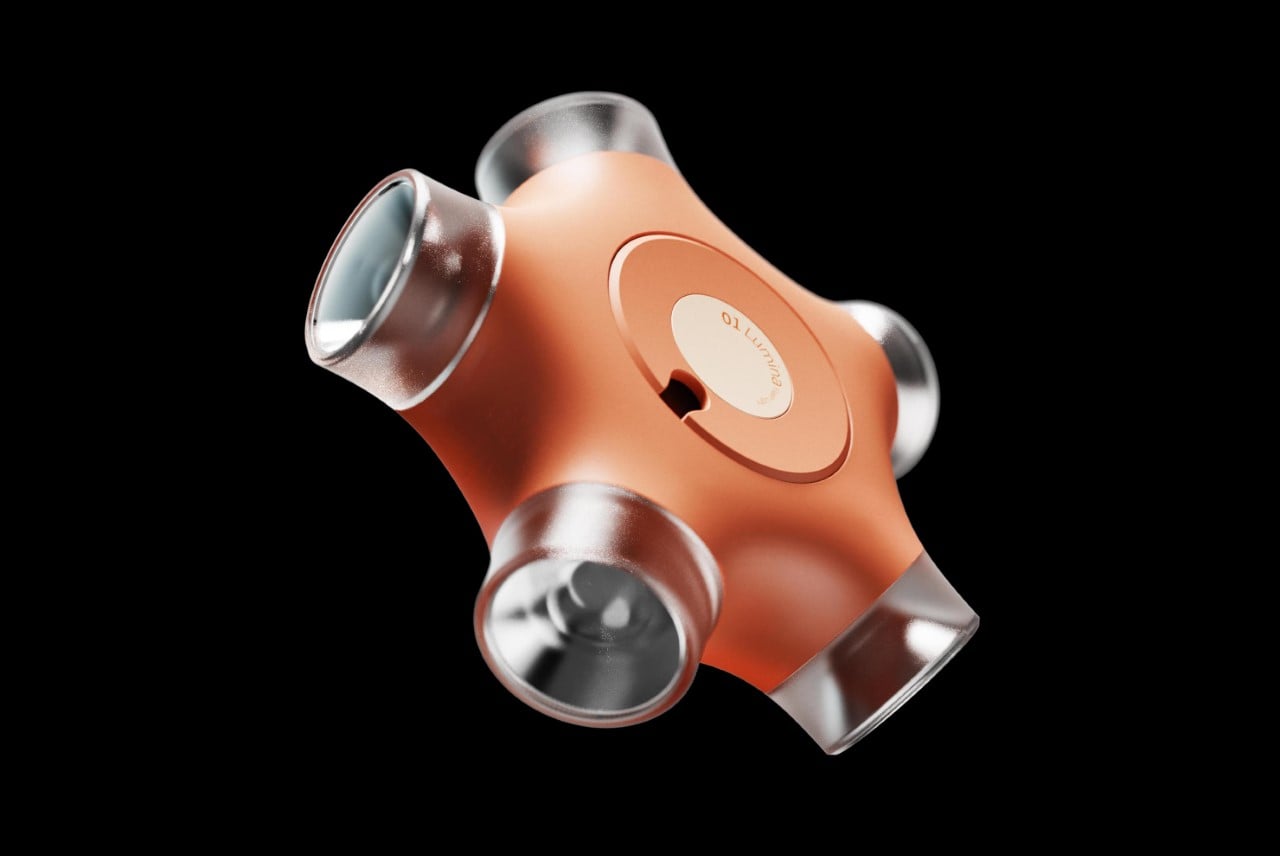
The flashlight that’s changing the game in space! Unlike regular flashlights that only shine in one direction, Lumina beams light in five ways. You can easily change where the light goes by turning the central wheel, making it perfect for lighting up different spots. Plus, Lumina has a smart design with a back-mounted battery, so it can shine its light anywhere in the vastness of space.
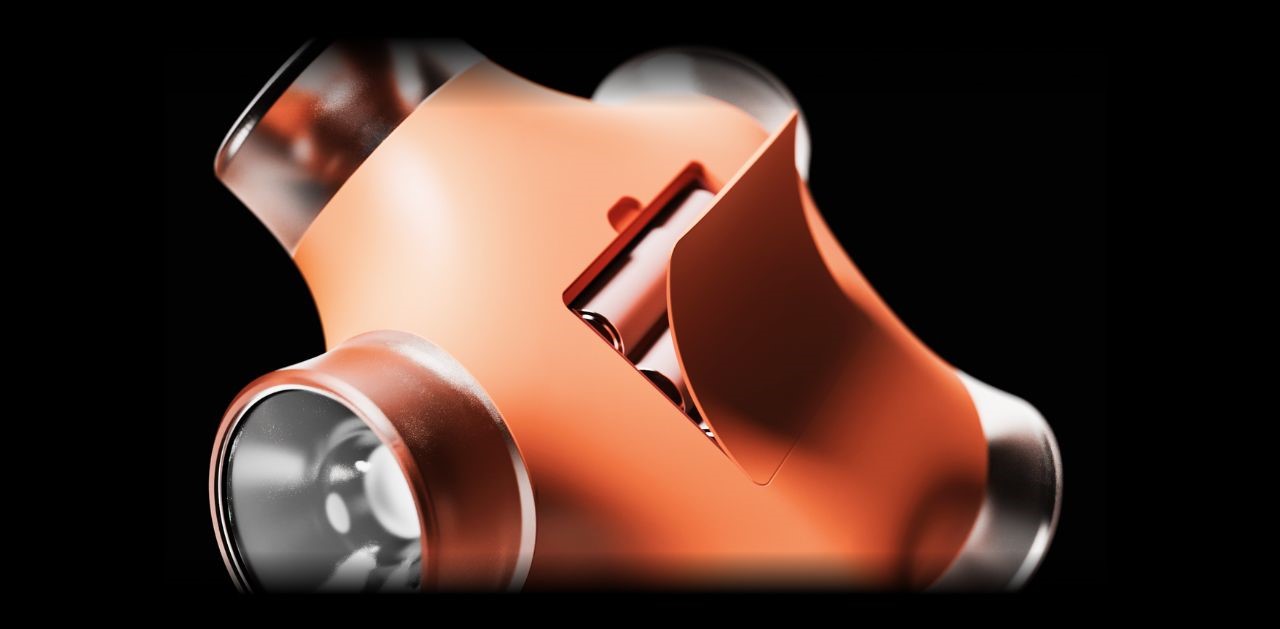
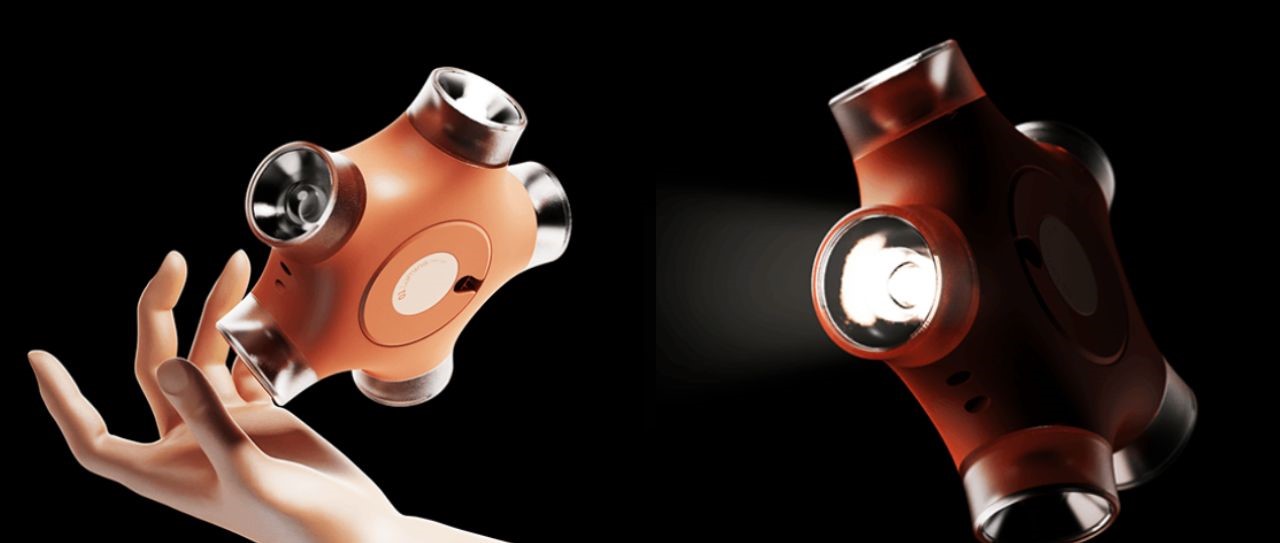
Sonus – Speaker:

The omnidirectional speaker looks like a moon and transforms your zero-gravity audio experience! Just press the top, and the speaker pops up, getting louder as more parts come out. It’s got a handy Type-C charging port and a hole to attach a rope, making it super convenient to handle even when things keep flying around. Sonus keeps the music playing even in zero gravity and is the perfect buddy for life in space.
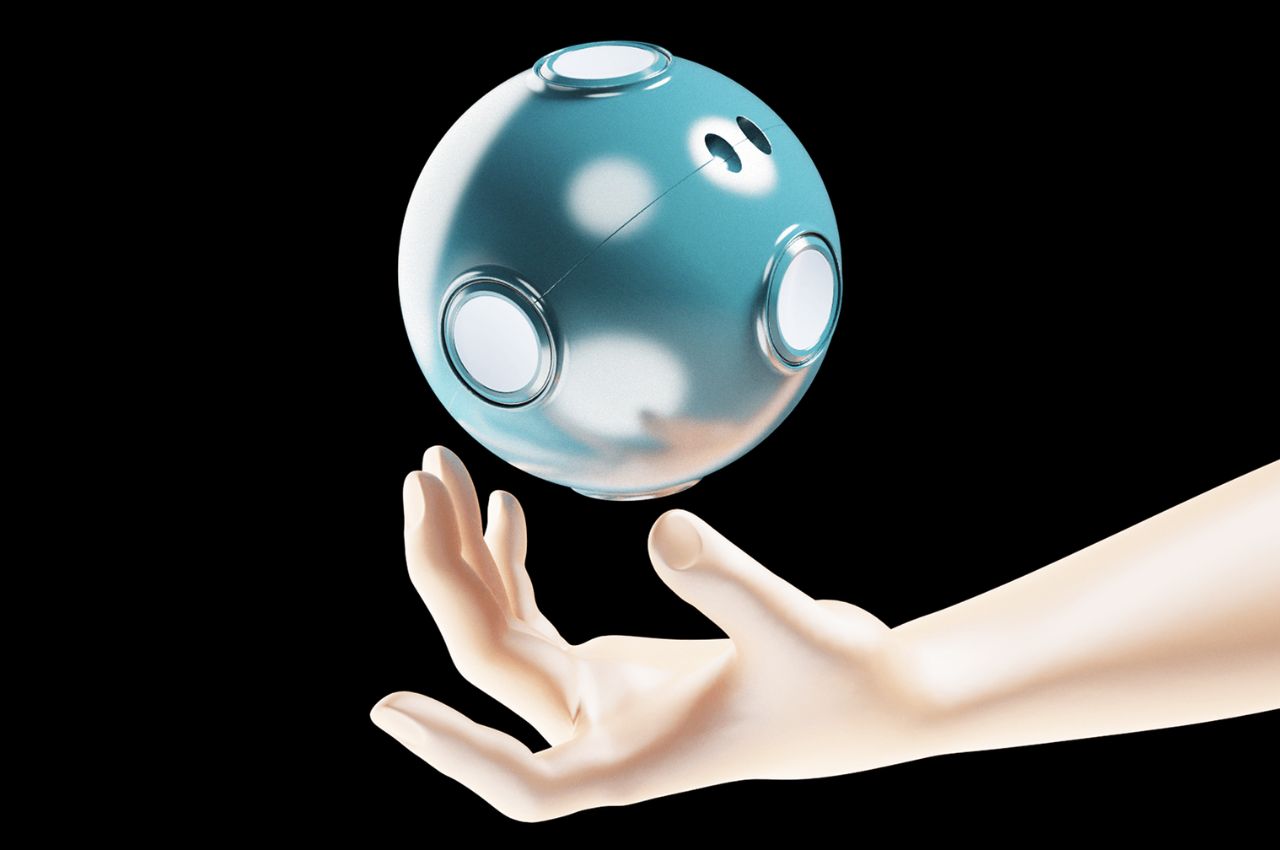

Aqua – Water Bottle:
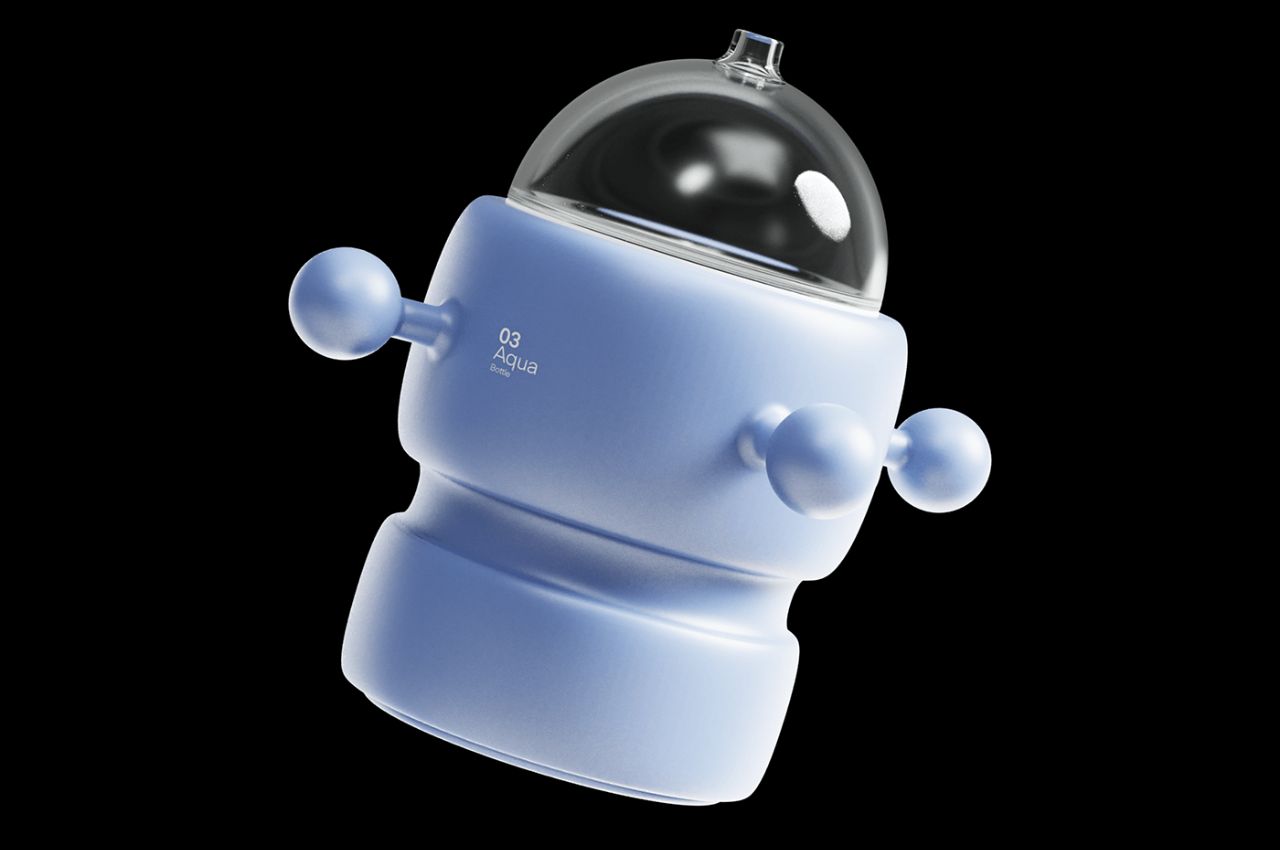
Thirsty in space? Aqua’s got you covered! This water bottle is a zero-gravity hydration hero. With a handle sticking out in four directions, you can grab a sip from any angle. The top is easy to twist on and off, sealing tight, and the sucking mechanism makes drinking a breeze. Taking inspiration from space food packaging, Aqua not only looks cool but is a must-have for space travelers who want to stay refreshed and hydrated.
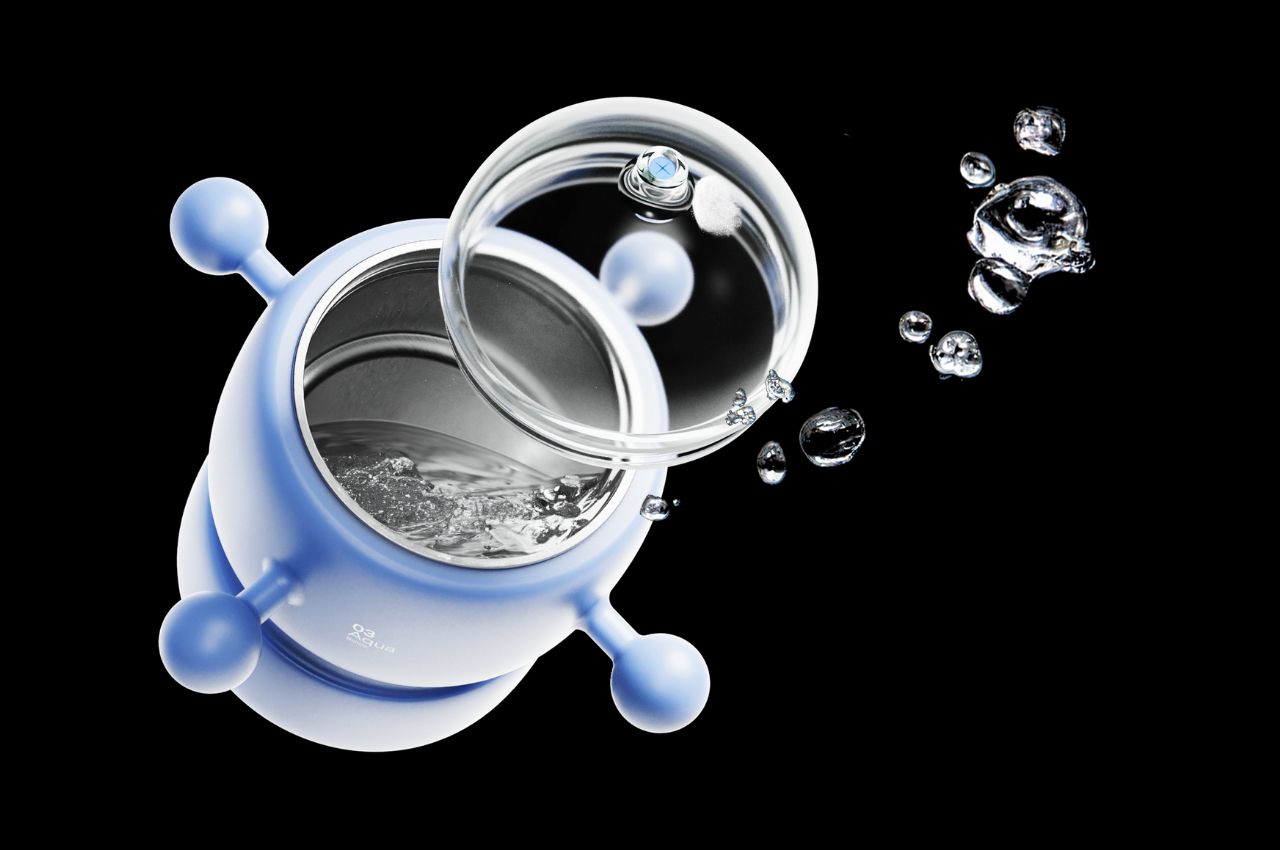
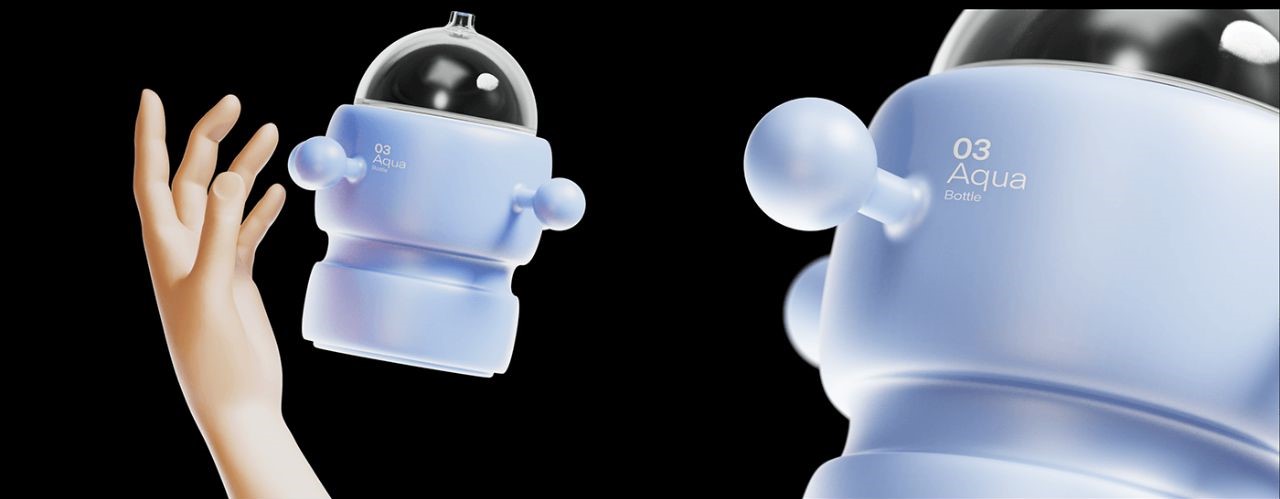
The packaging of this line further exemplifies its commitment to innovation. Drawing inspiration from conventional space food packaging methods, the packaging is designed to complement the space-friendly functionality of the product, ensuring that every aspect of the Spatio collection aligns with the needs of zero-gravity living.

Spatio’s visionary collection of multi-functional products challenges the traditional norms of product design, catering specifically to the demands of zero-gravity space living. As we step into the future of space exploration and potential colonization, the Spatio range serves as a testament to human ingenuity, providing not only convenience but also a glimpse into the adaptability required for life beyond Earth’s gravitational pull.
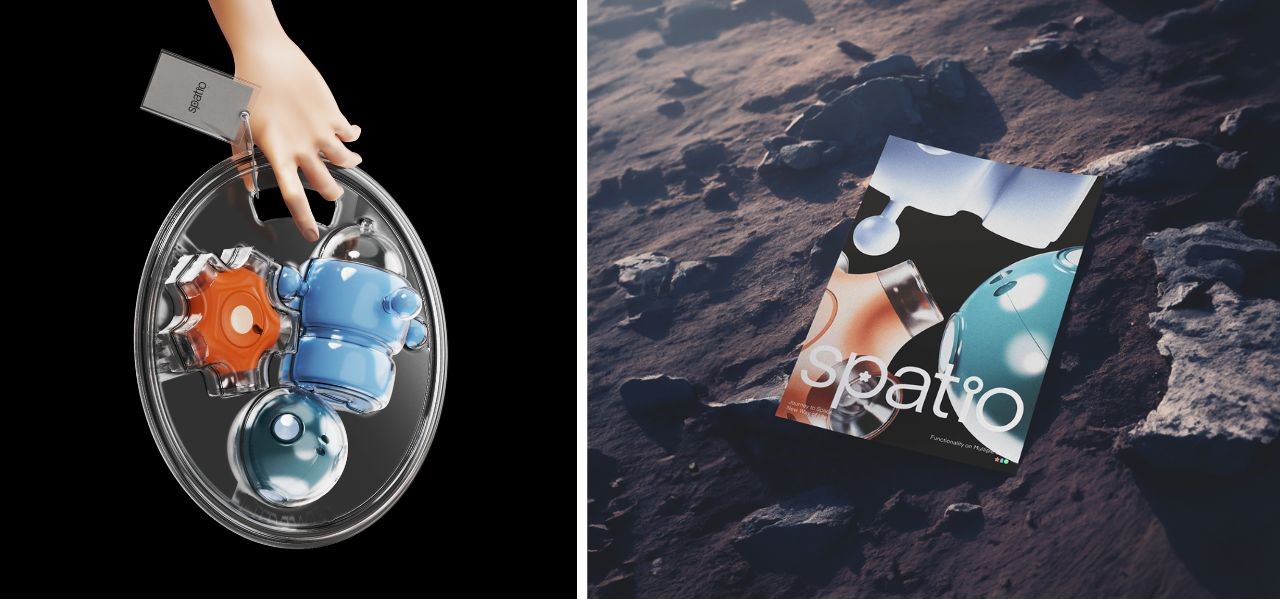
The post What would daily objects look like in outer space? This Designer reimagines a torch, speaker, and bottle first appeared on Yanko Design.
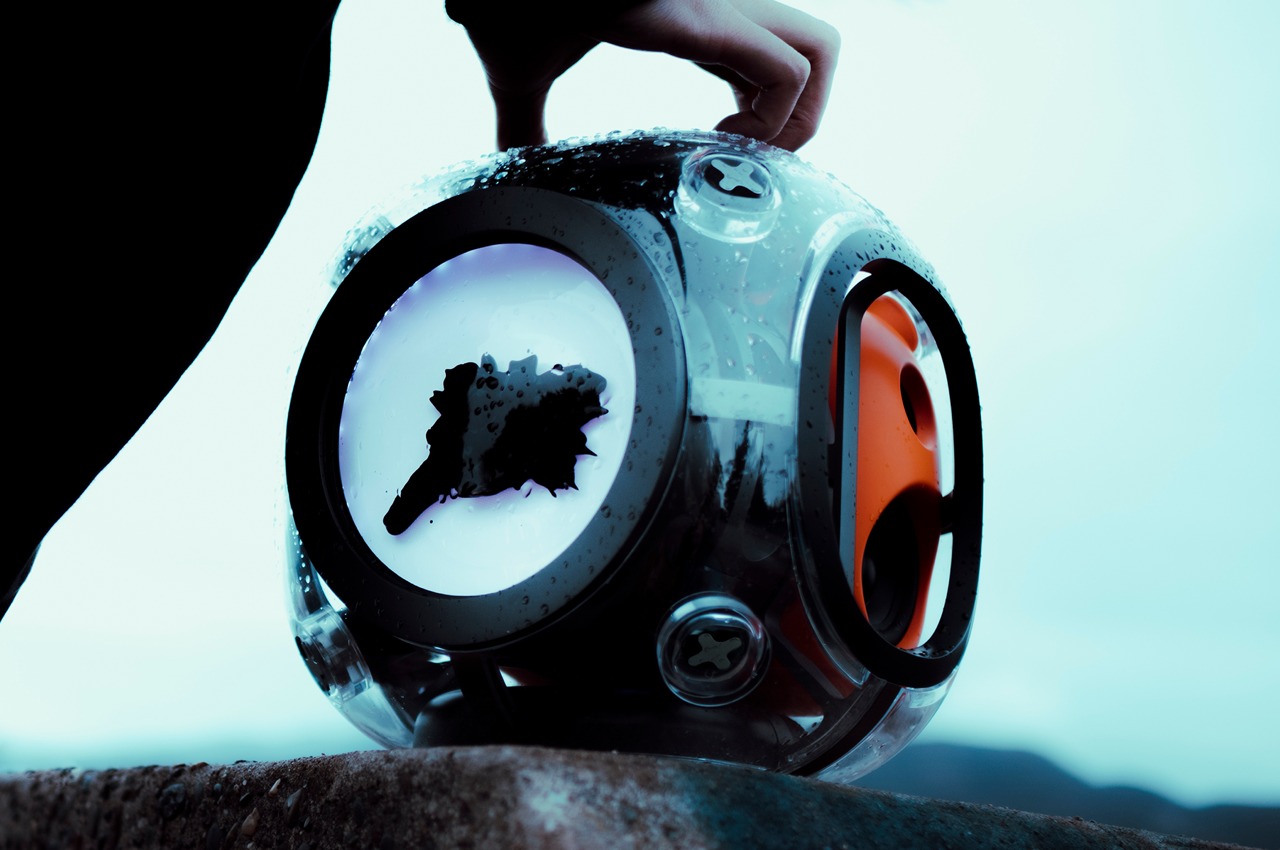


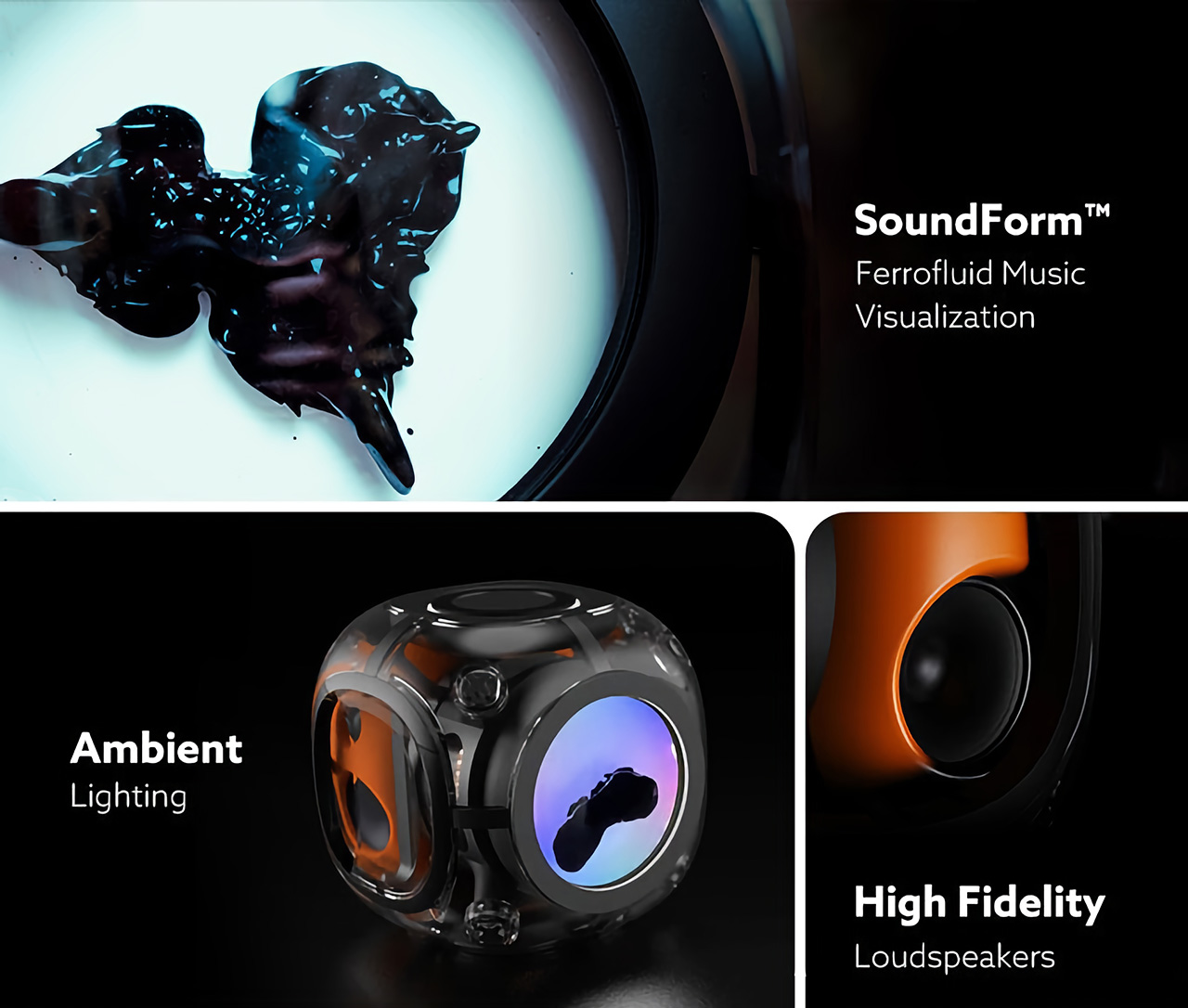
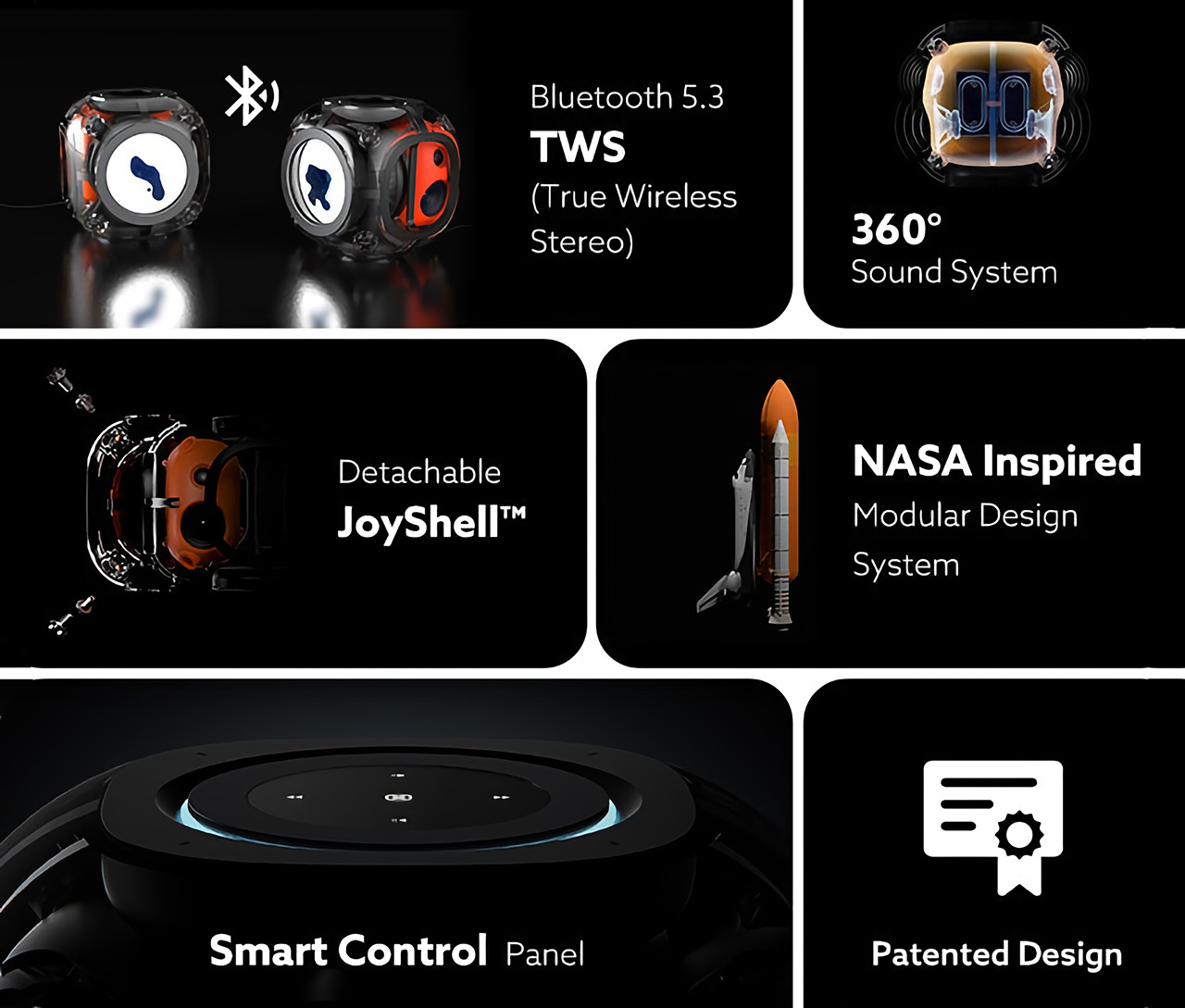
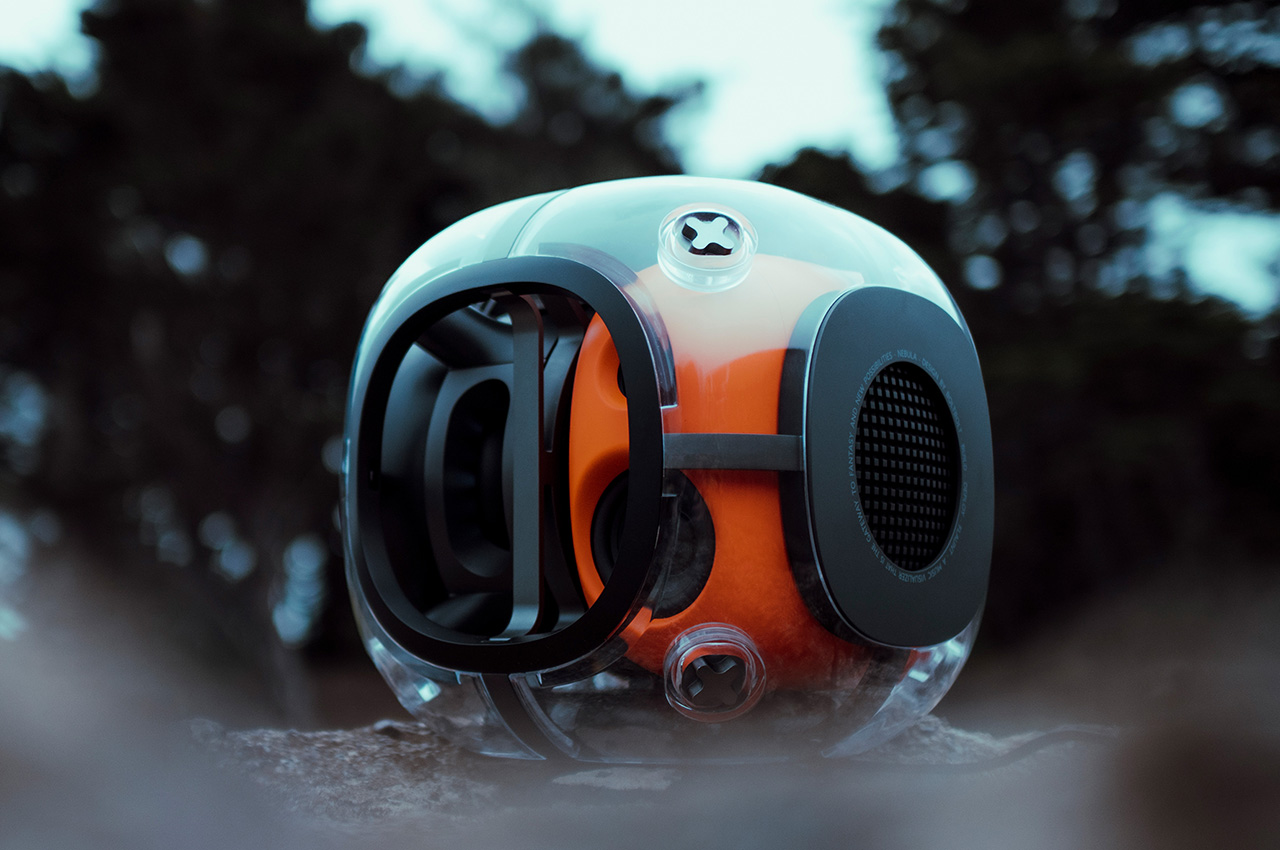

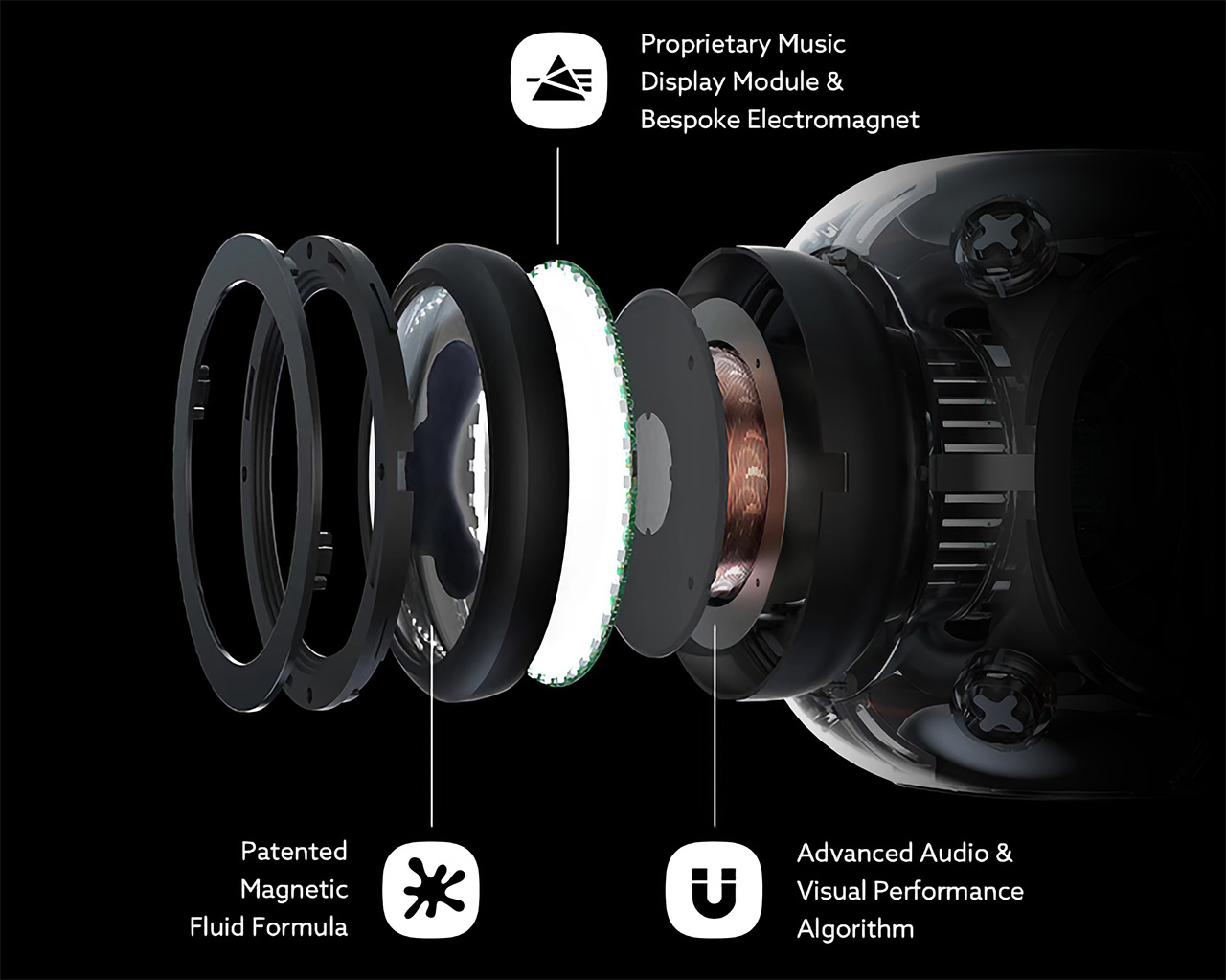
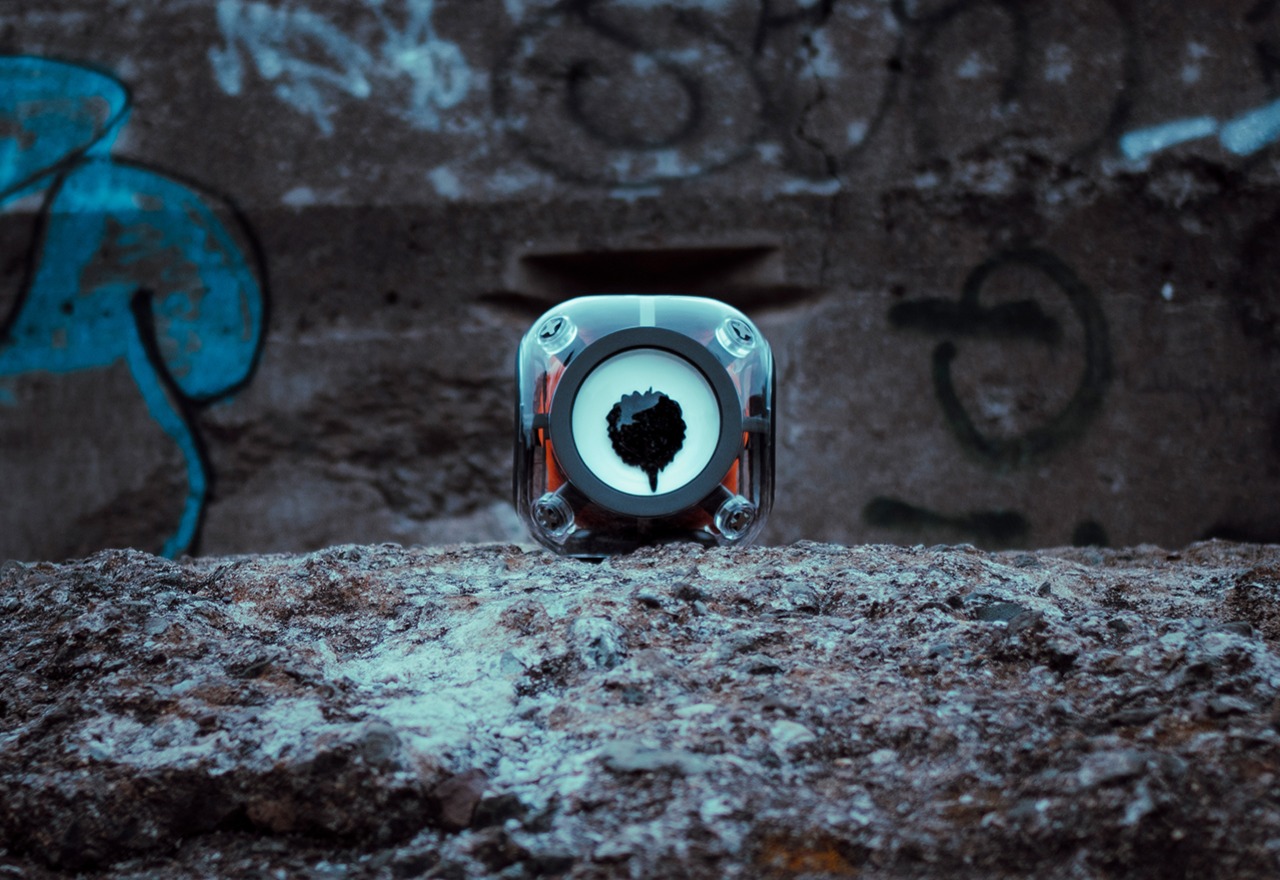
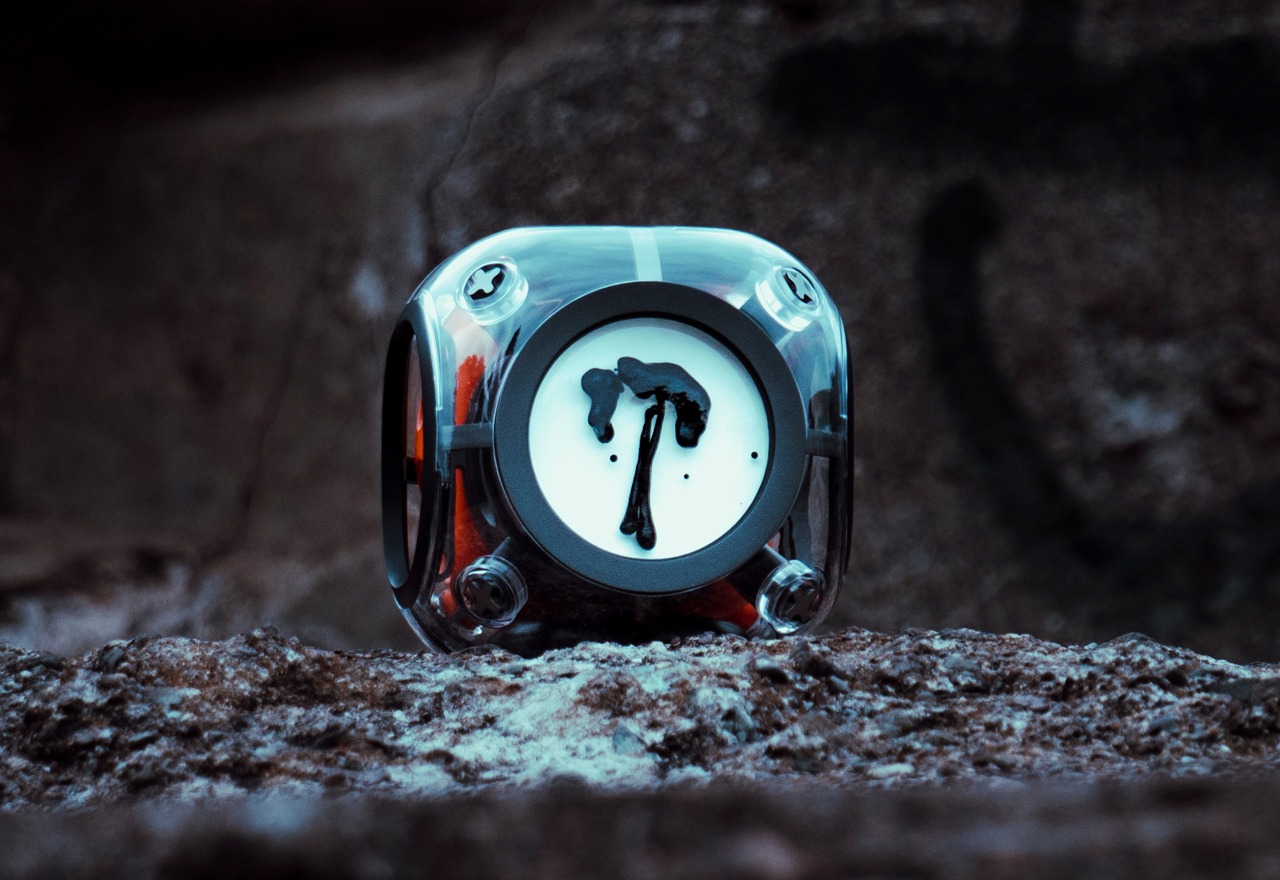
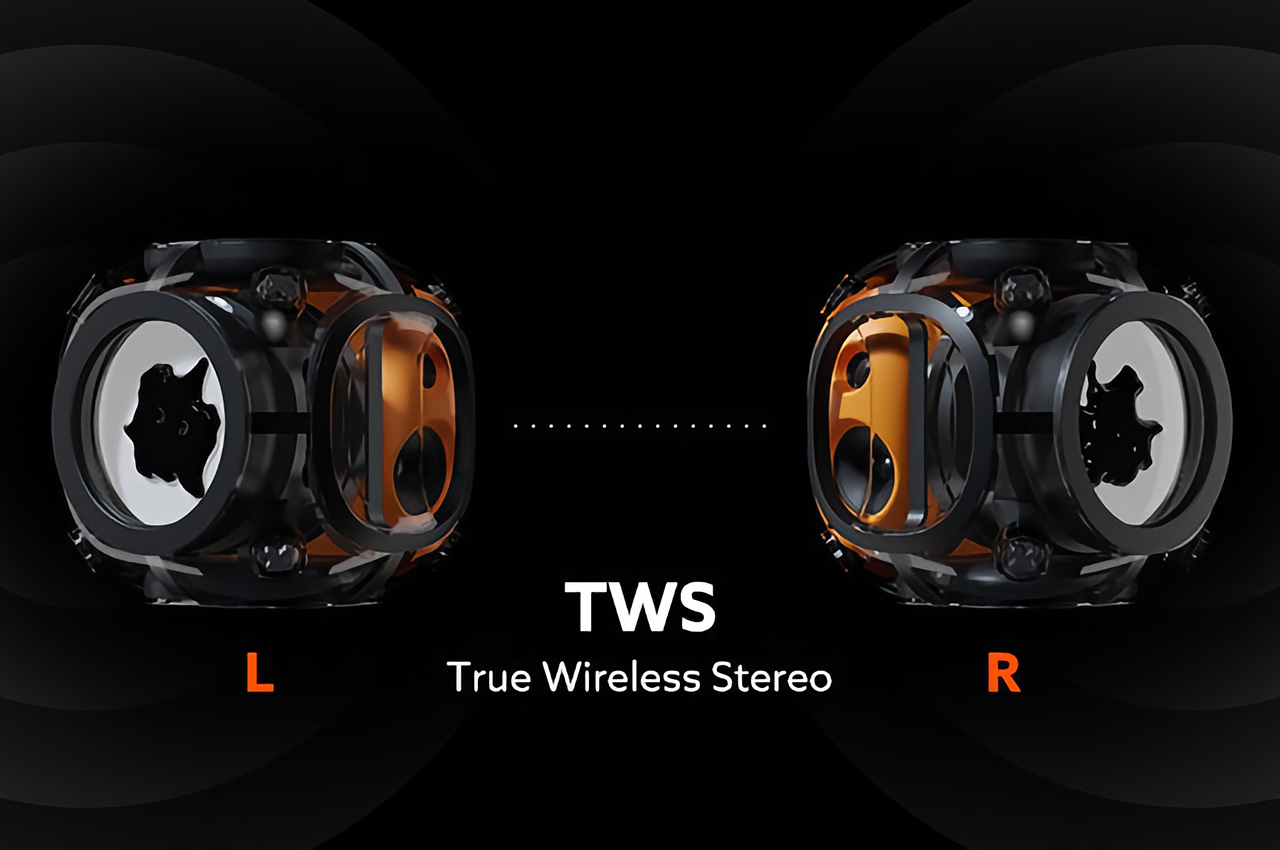

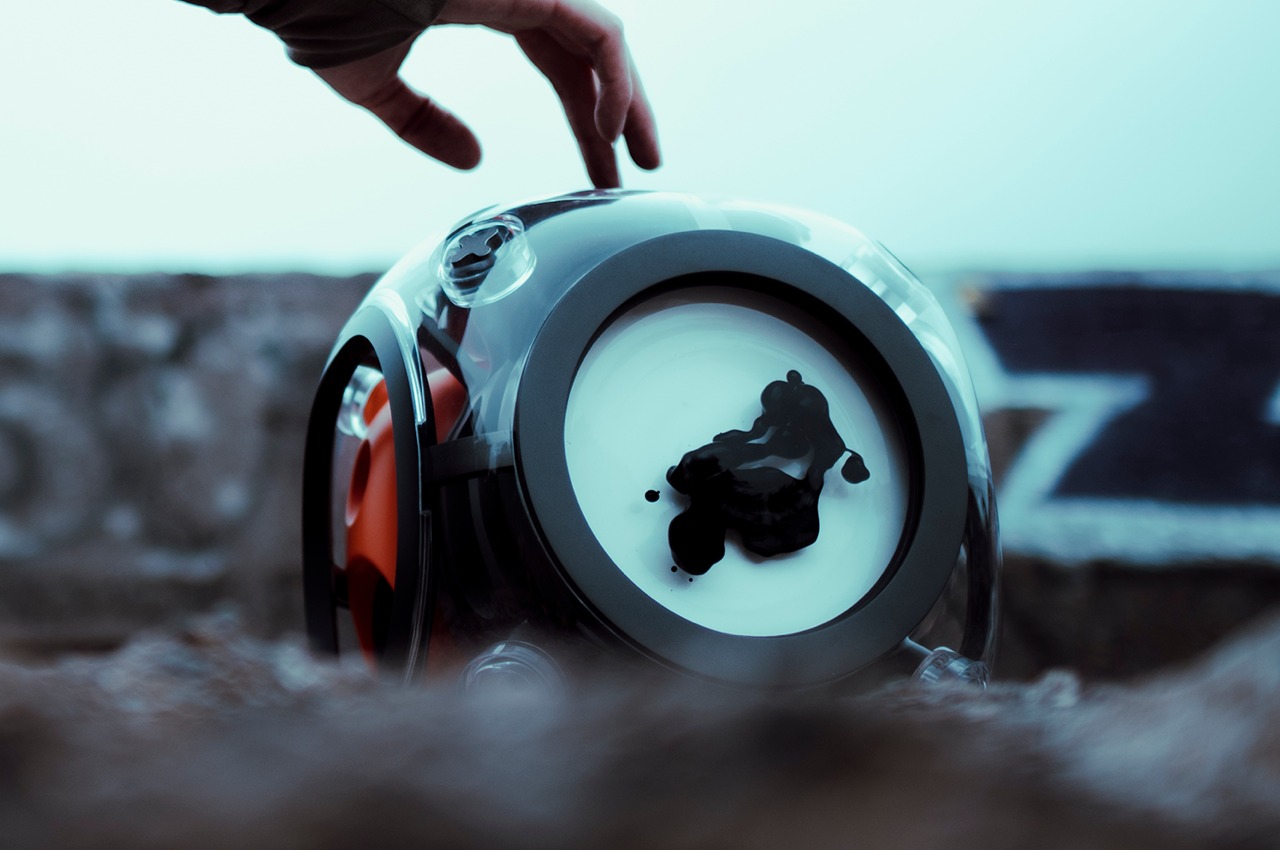
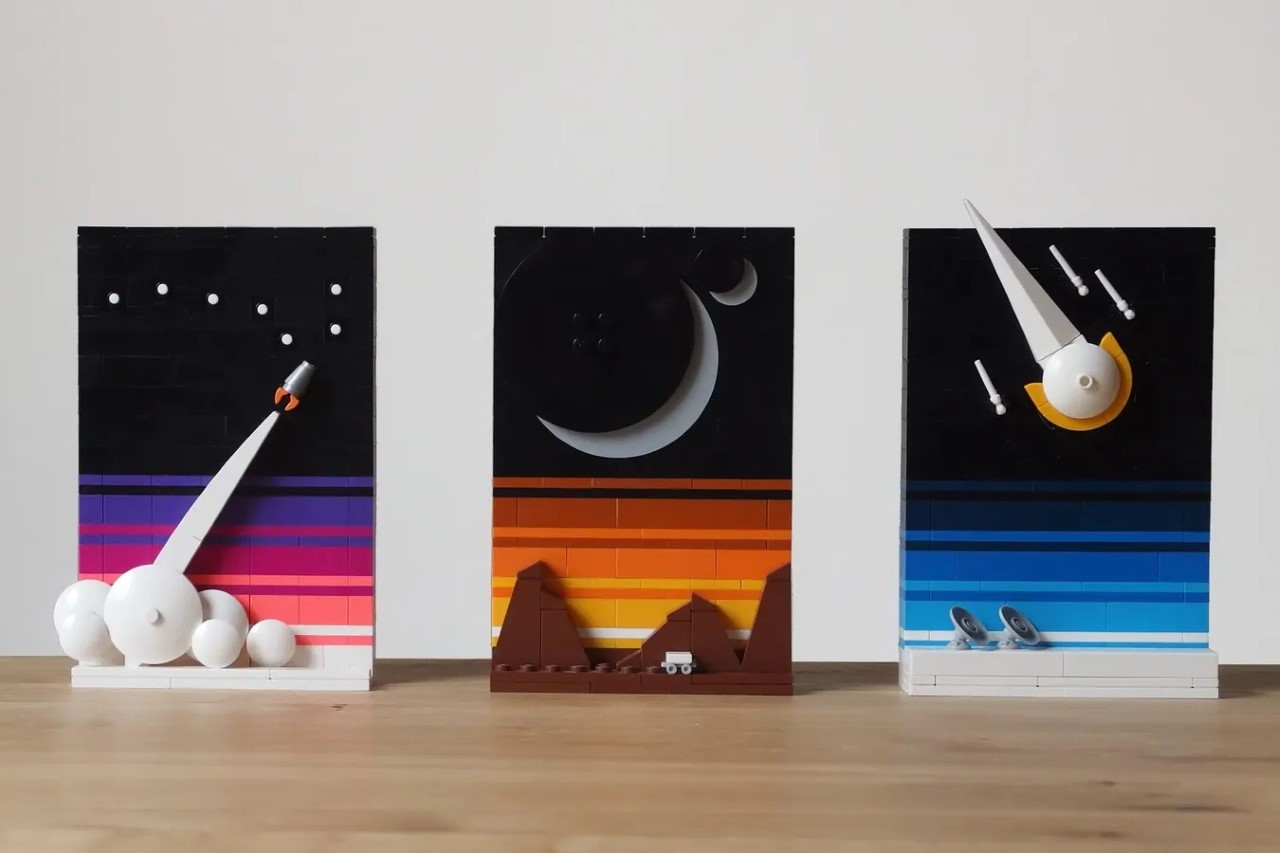
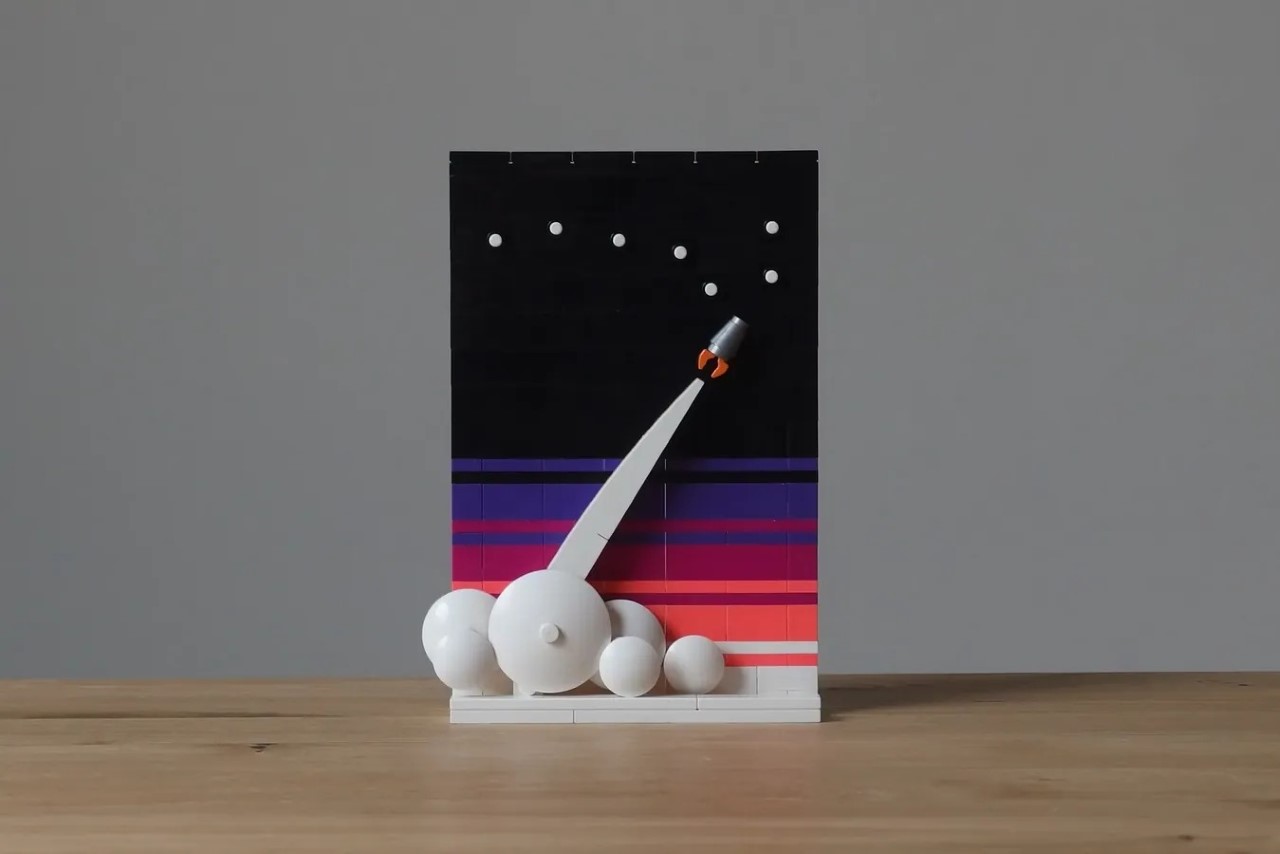
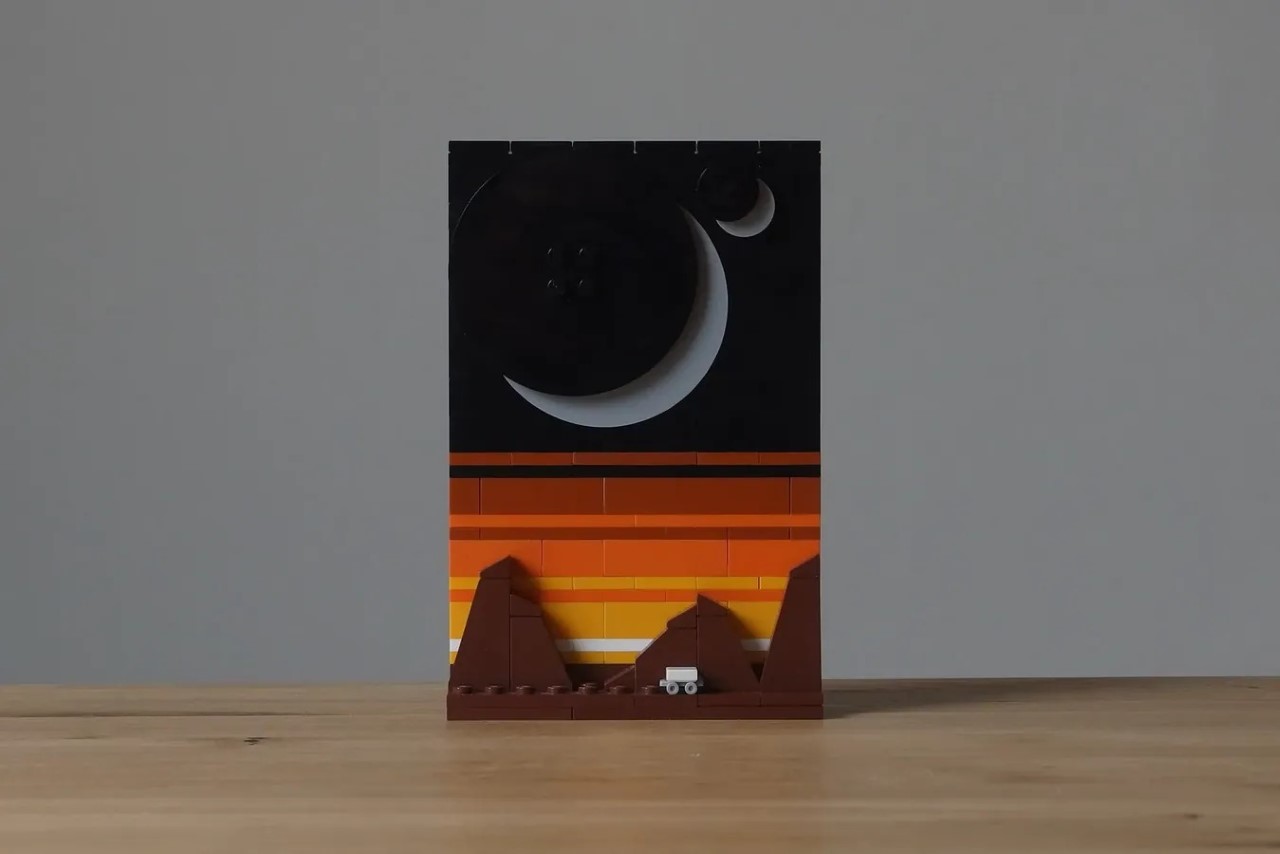


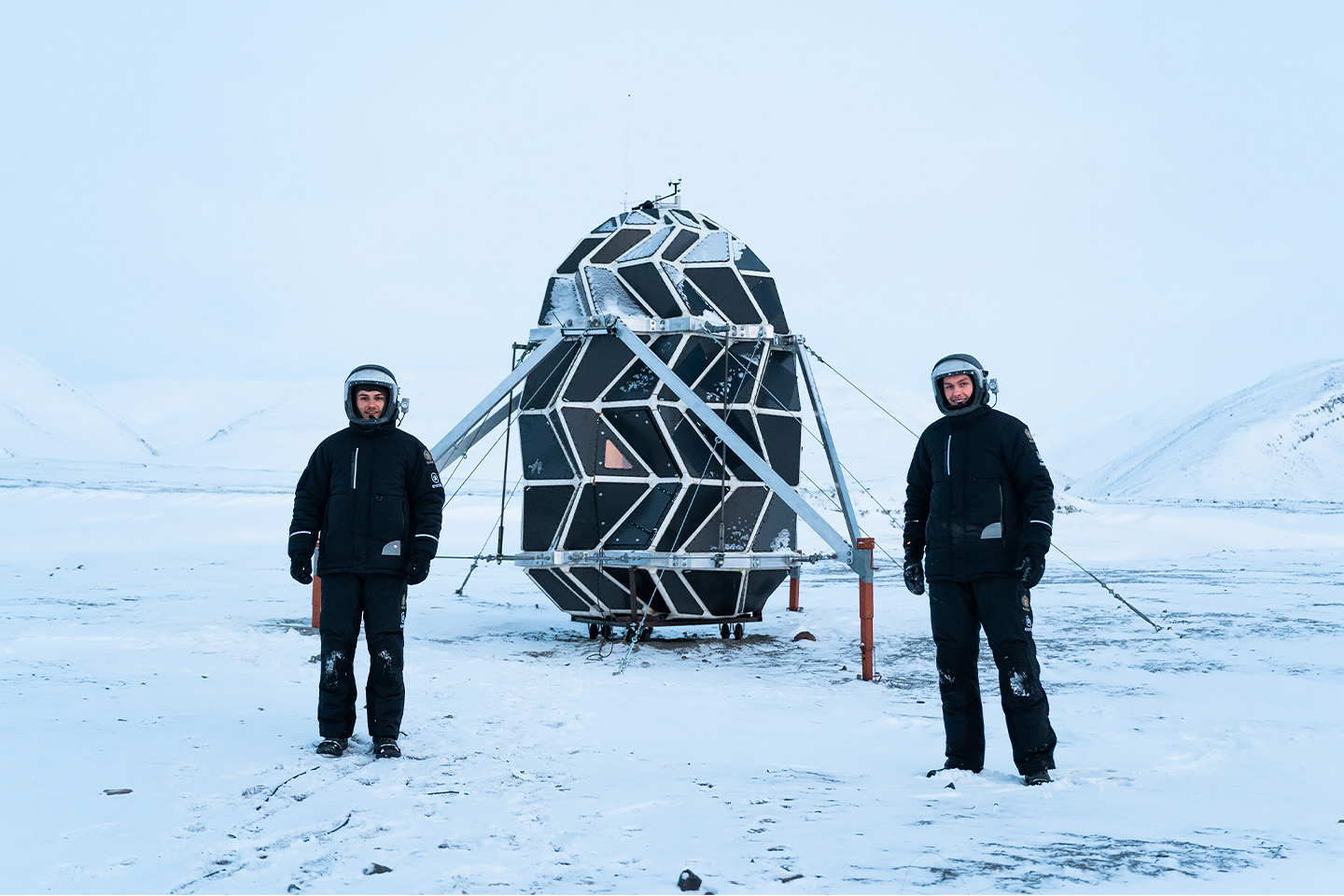



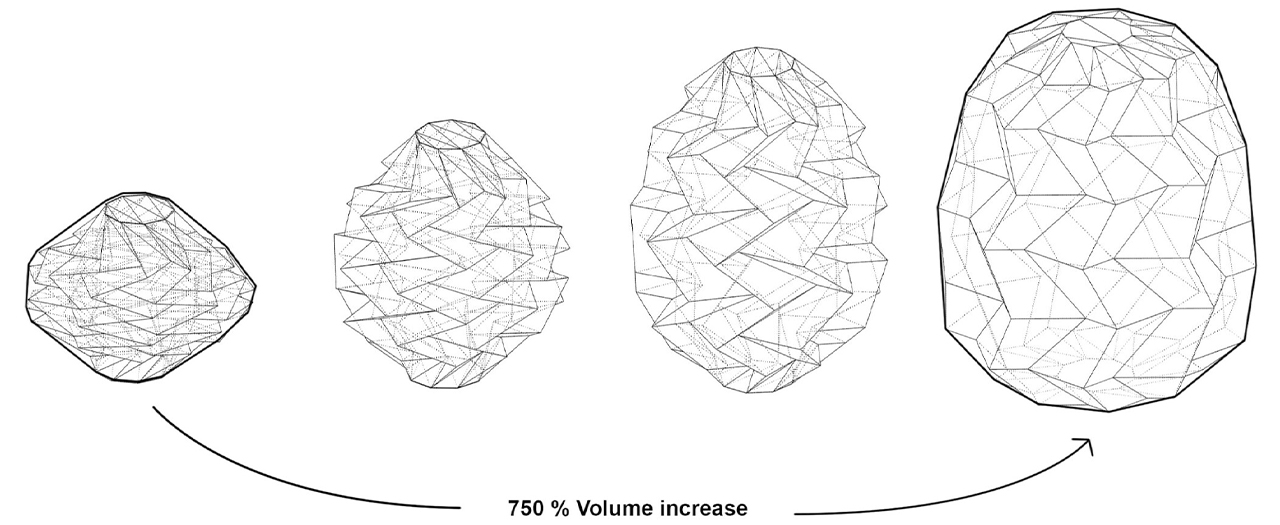
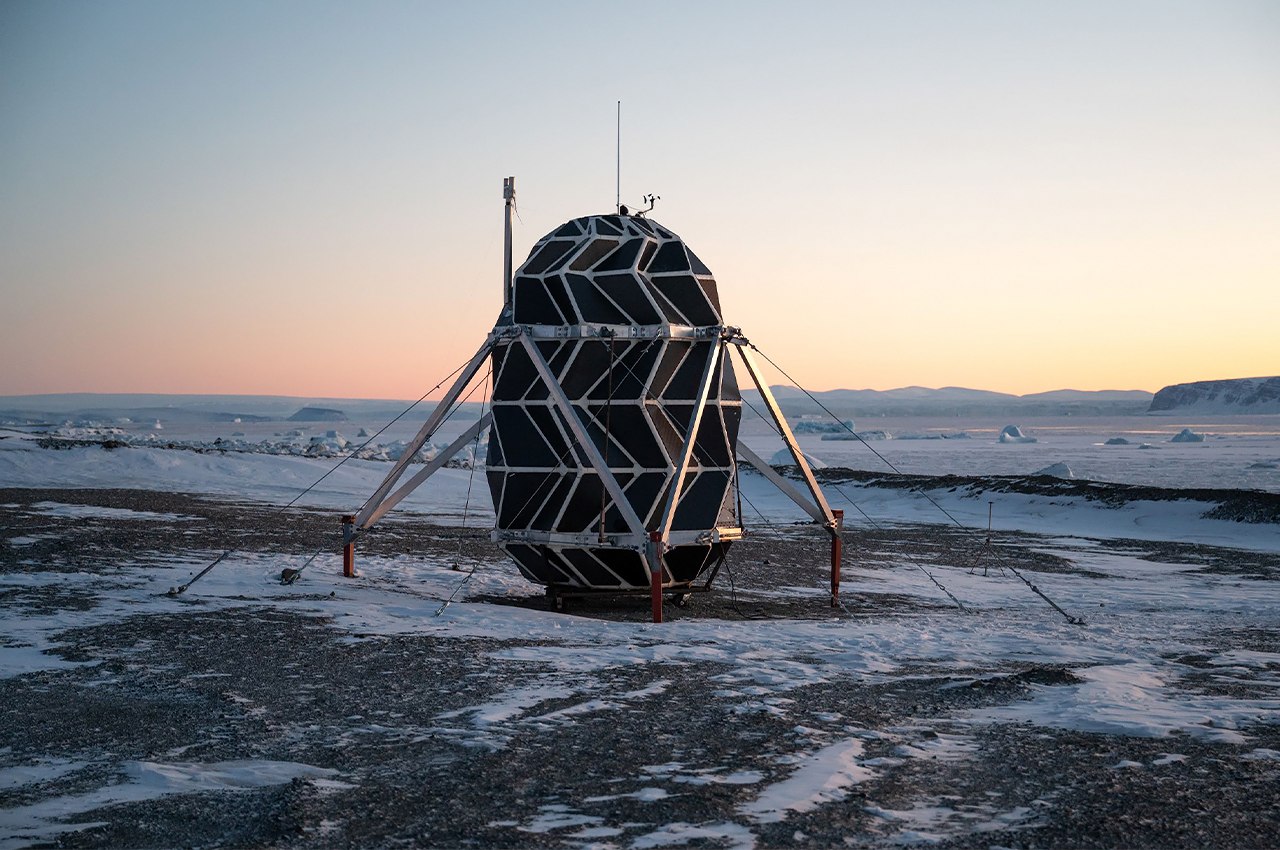

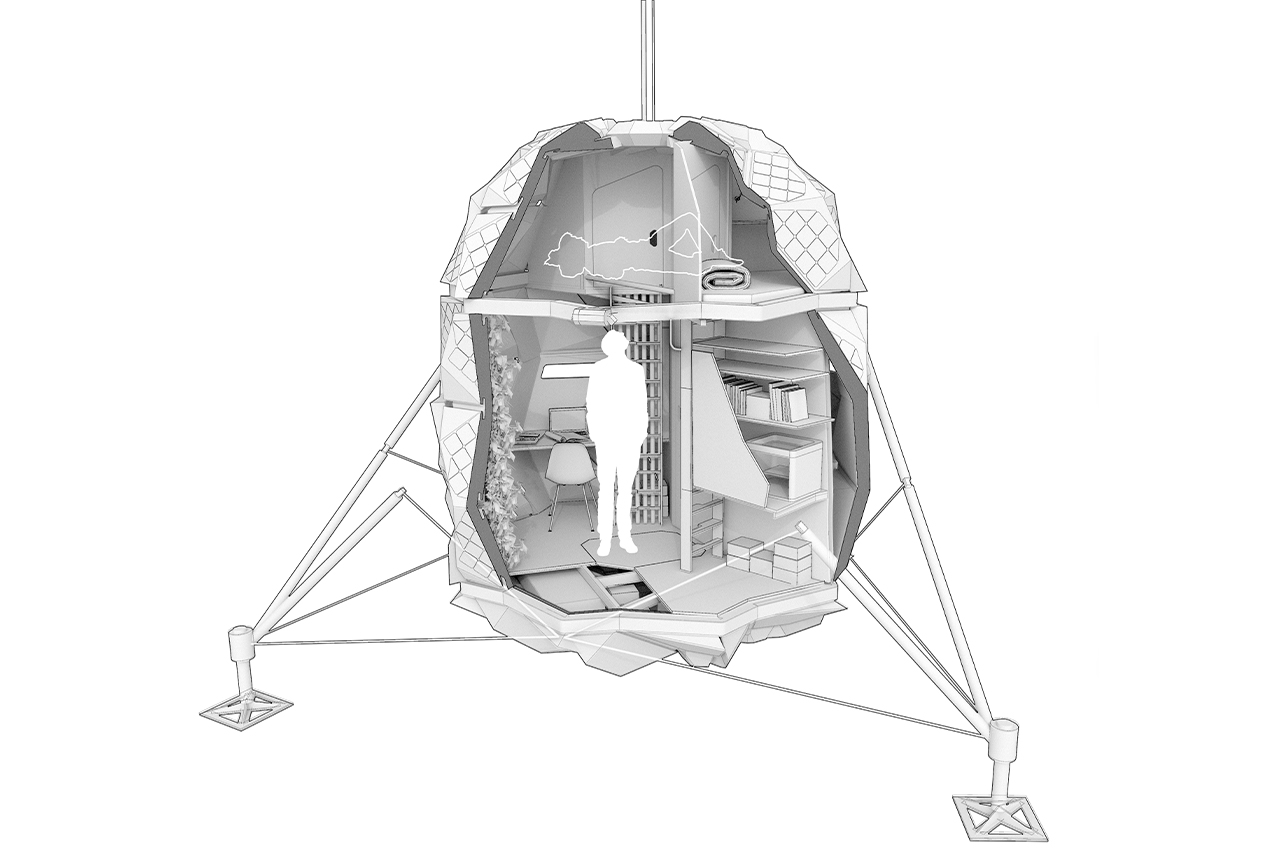
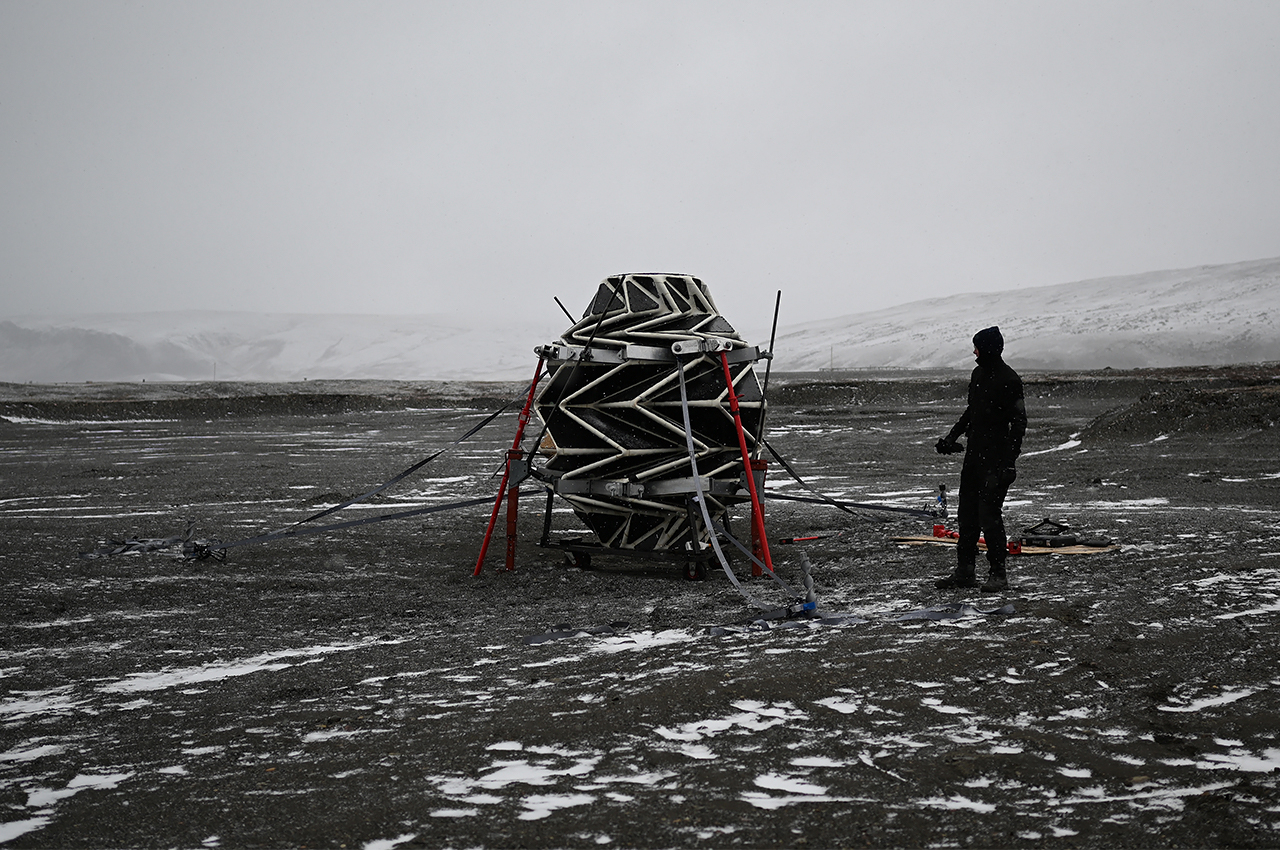
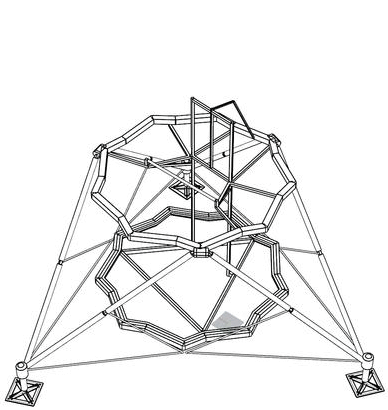
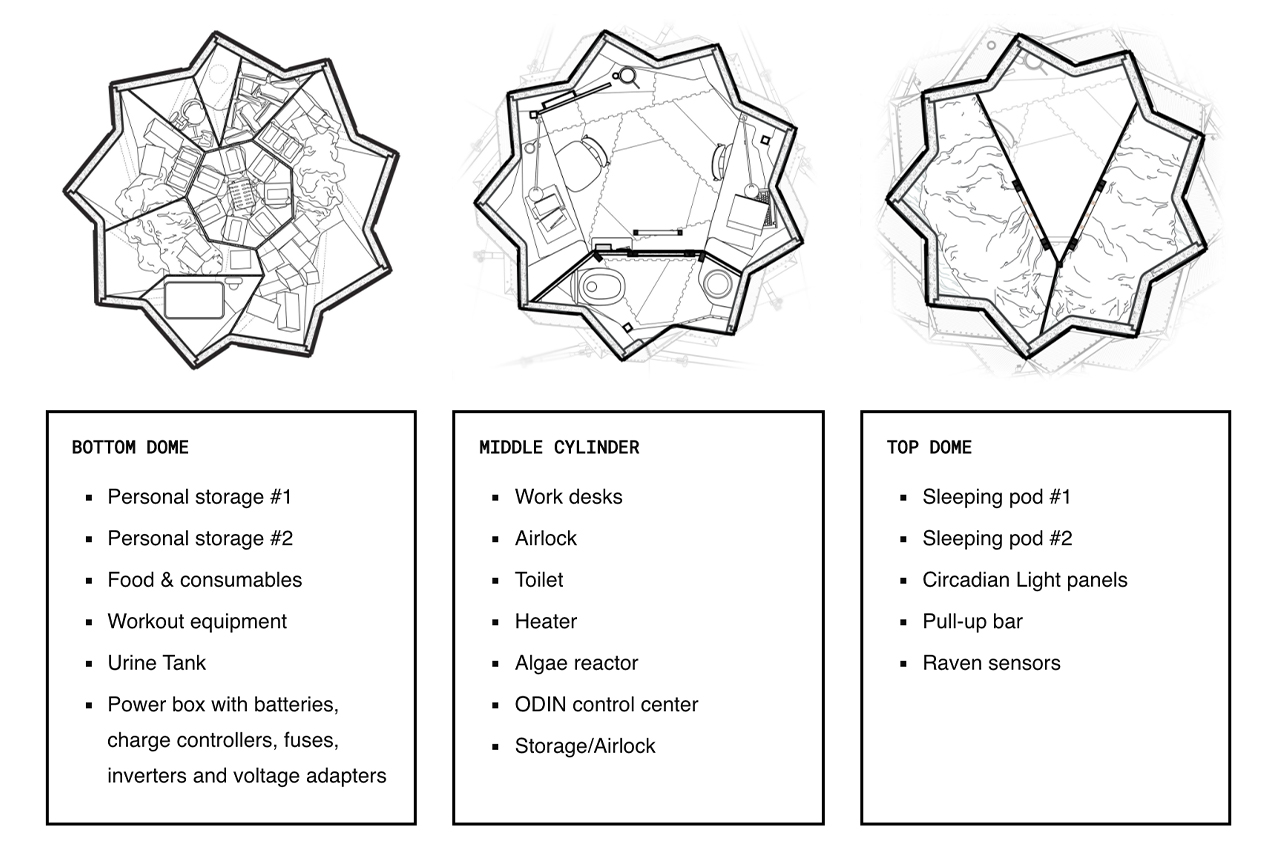
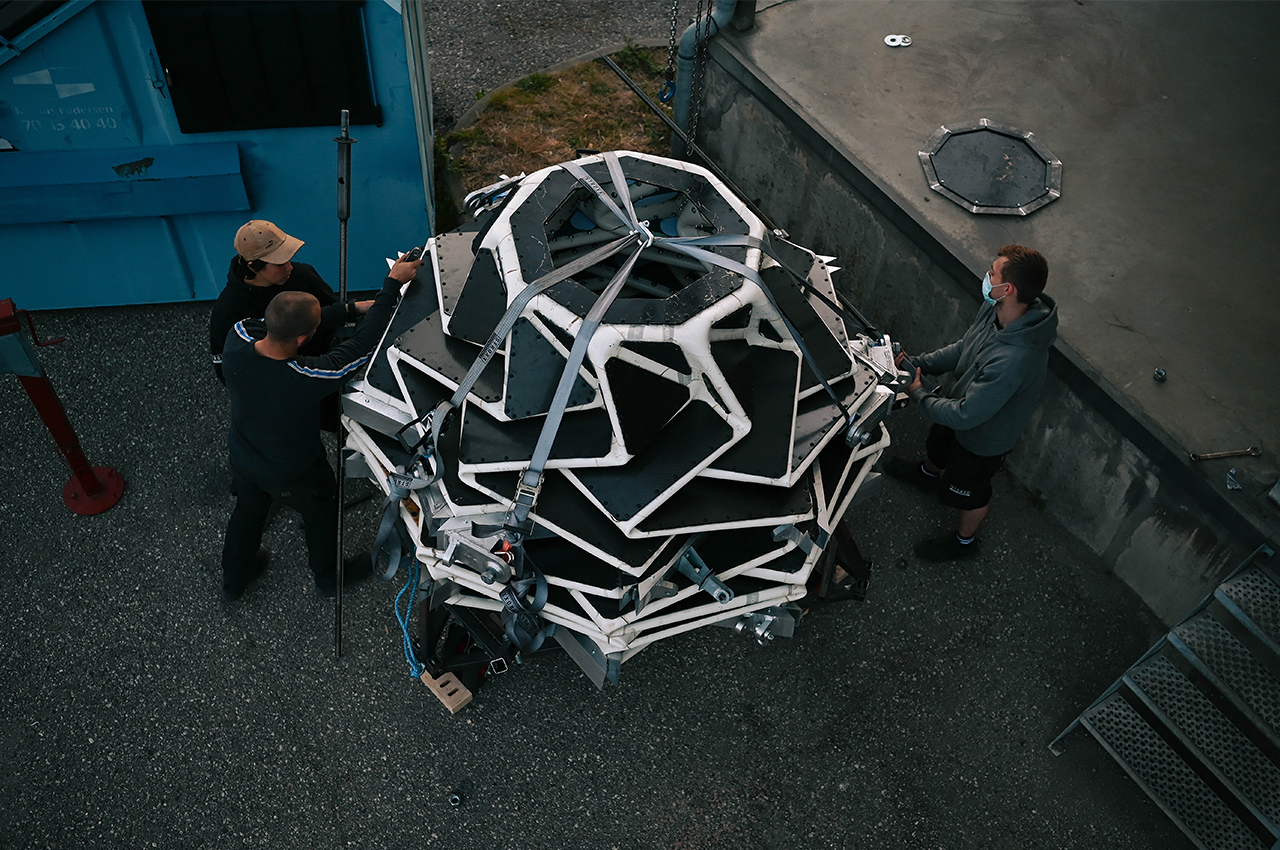
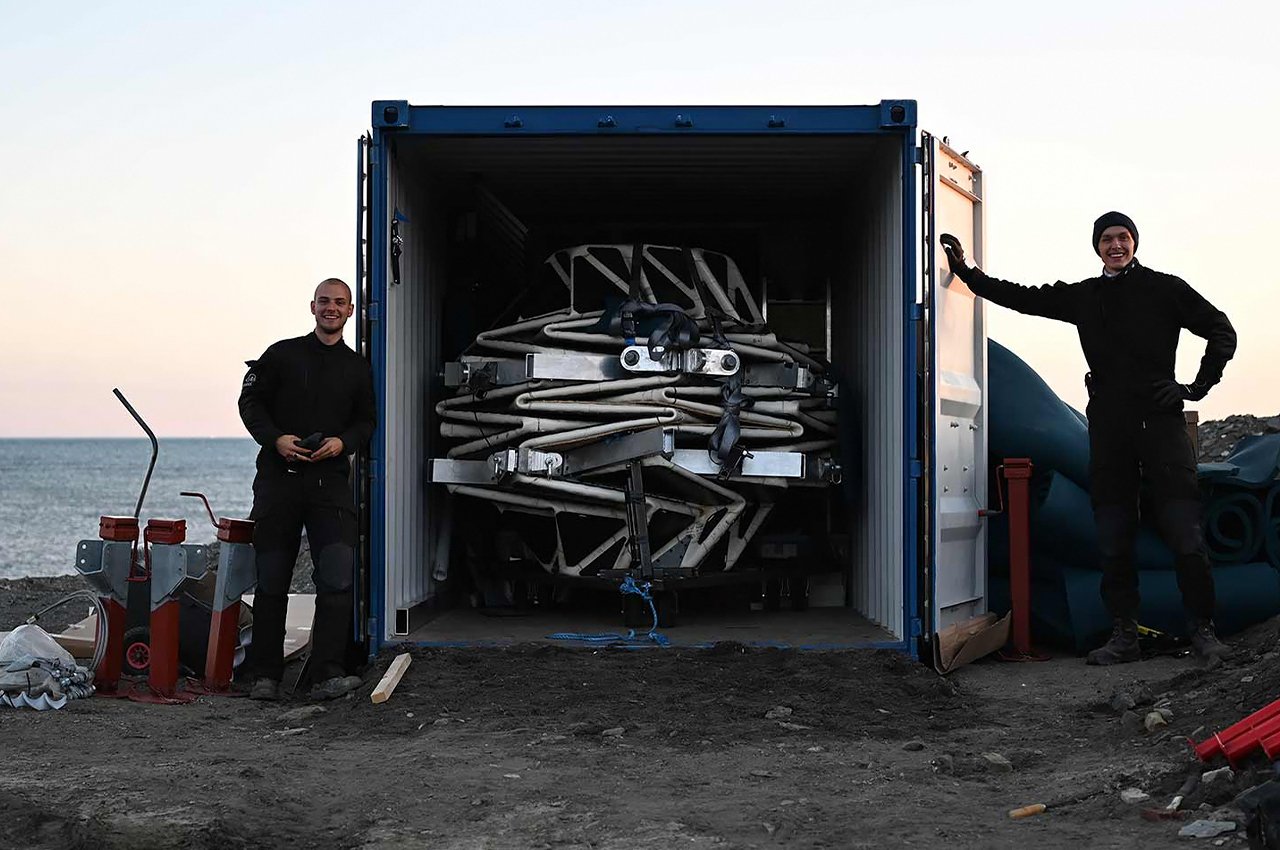
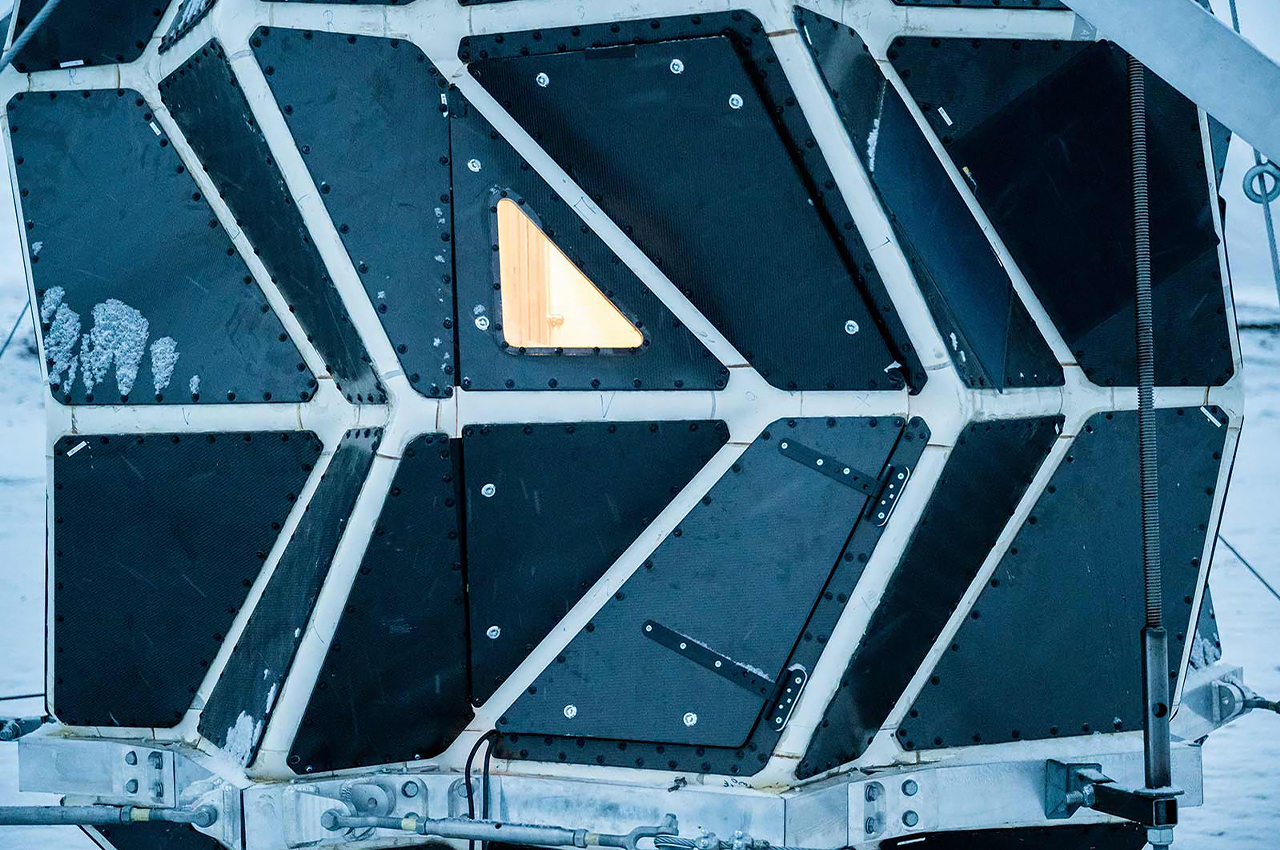
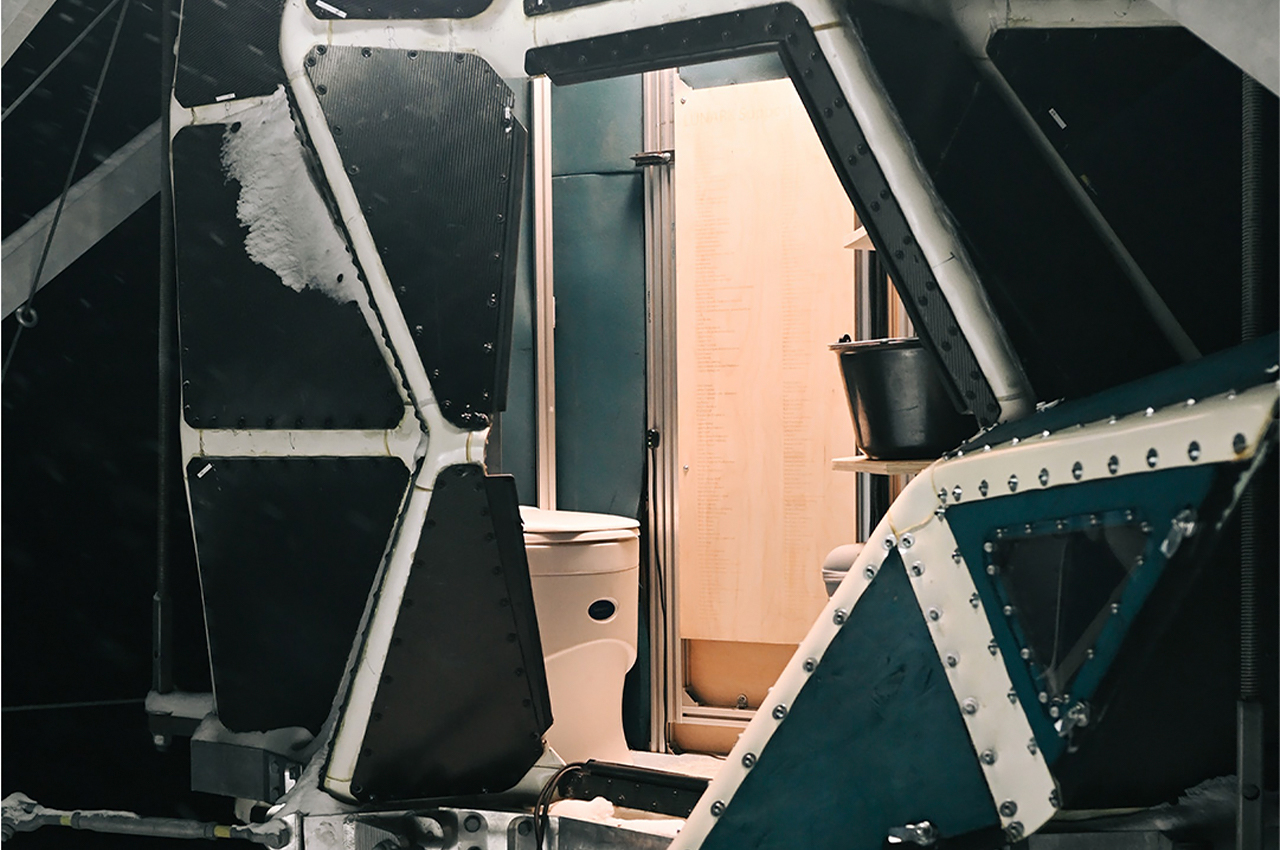
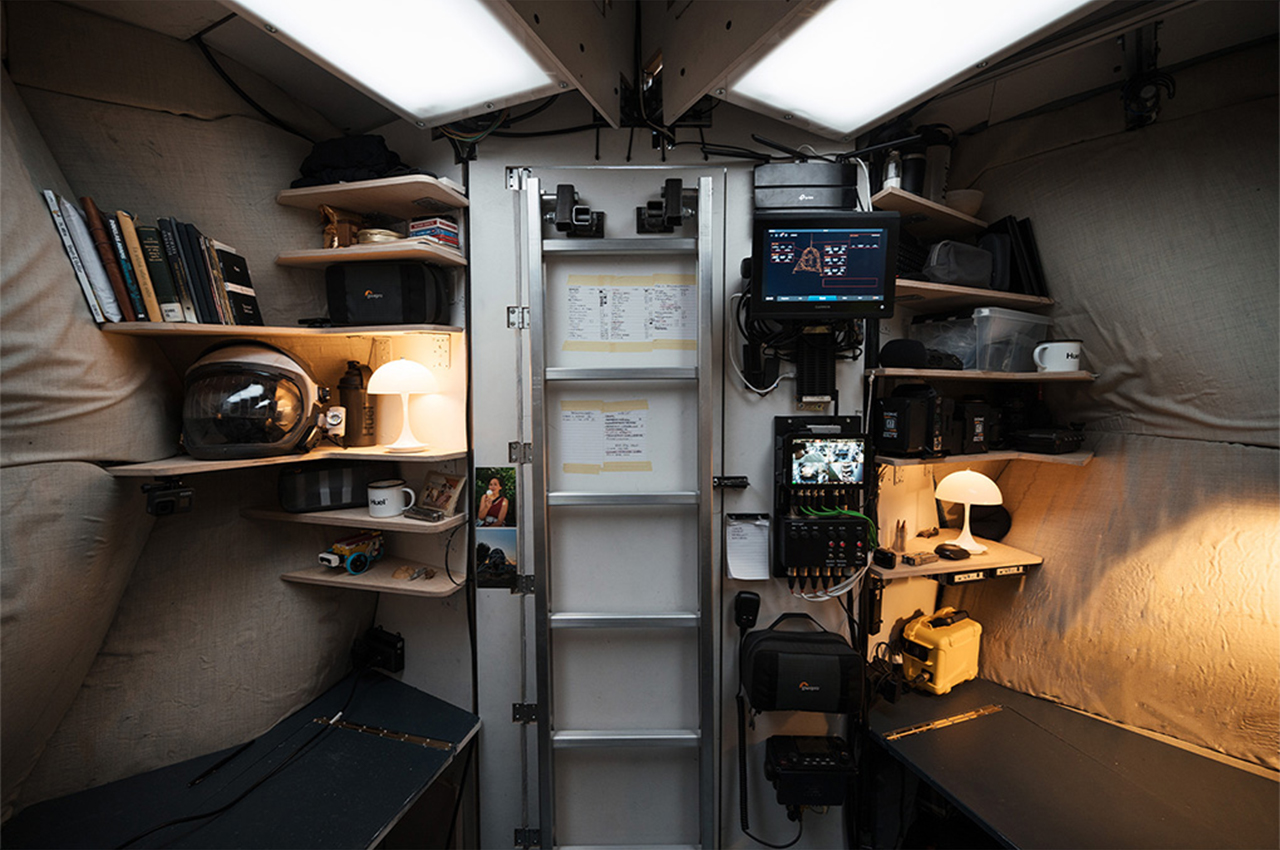
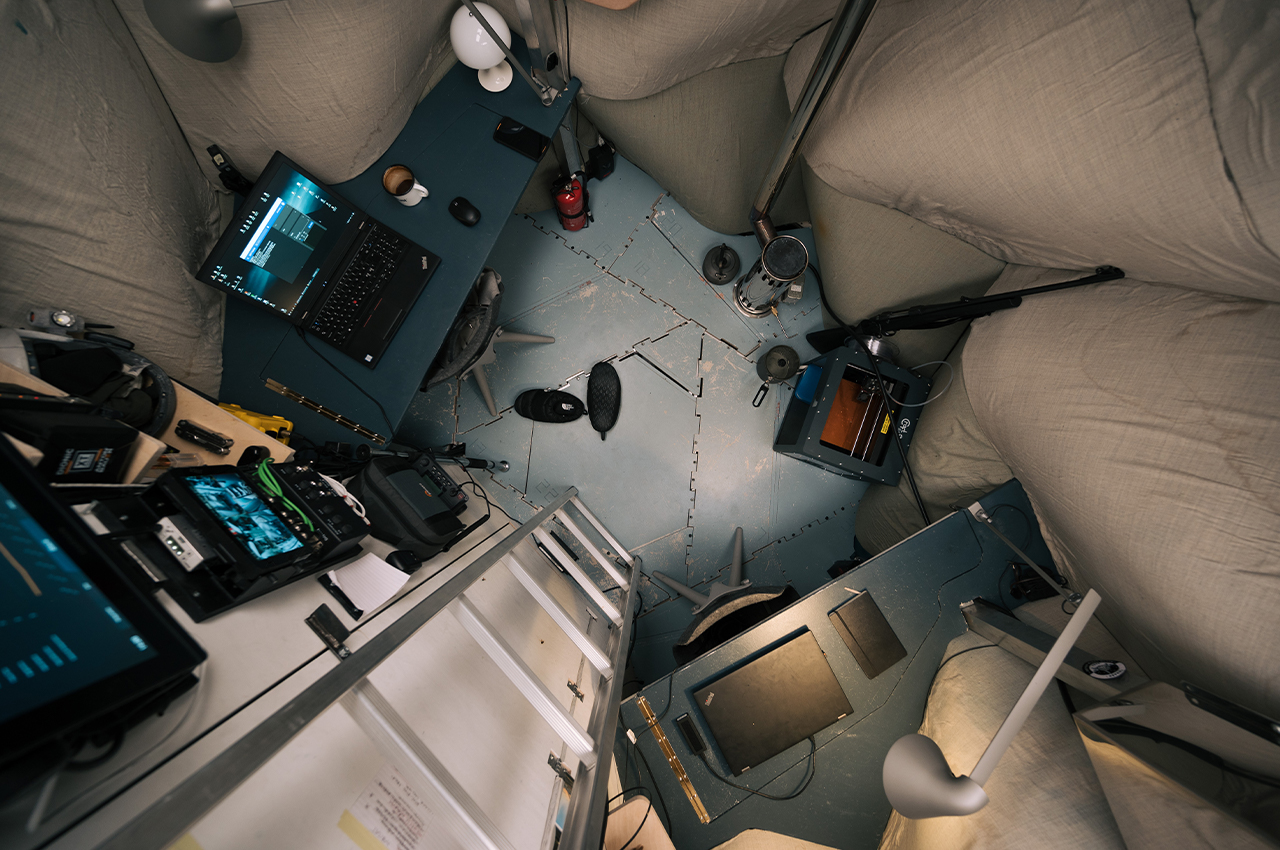
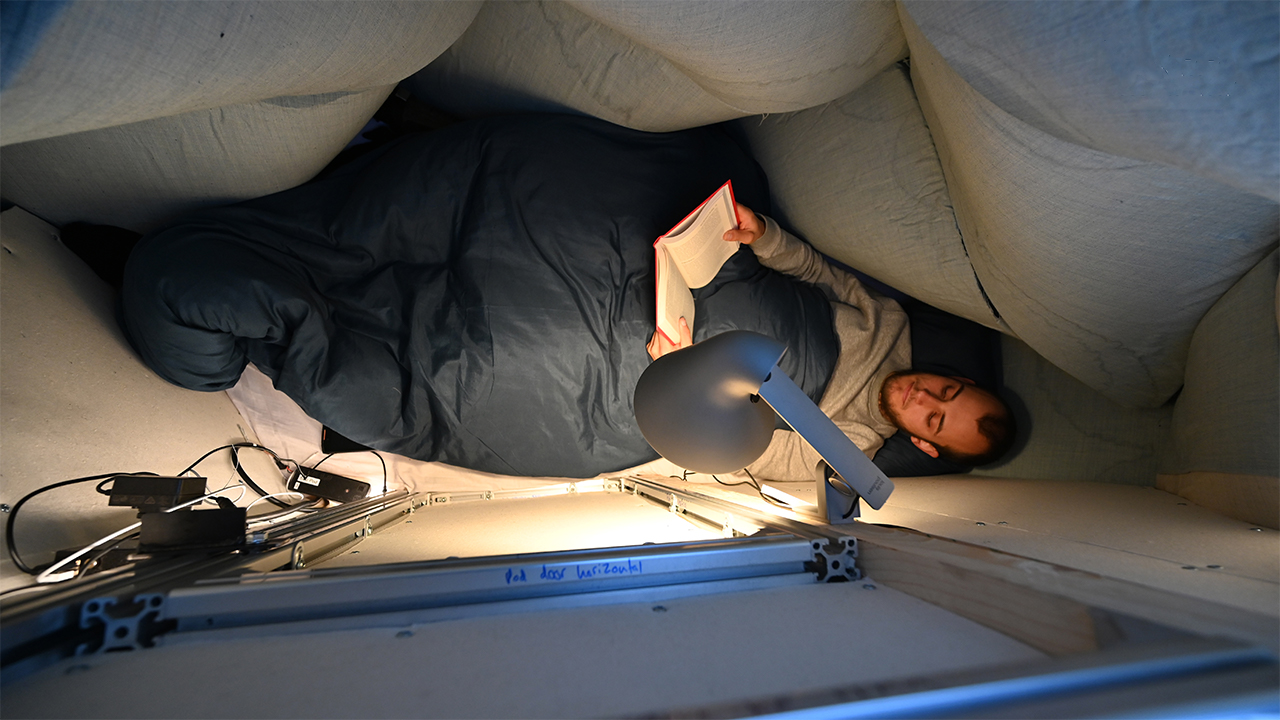
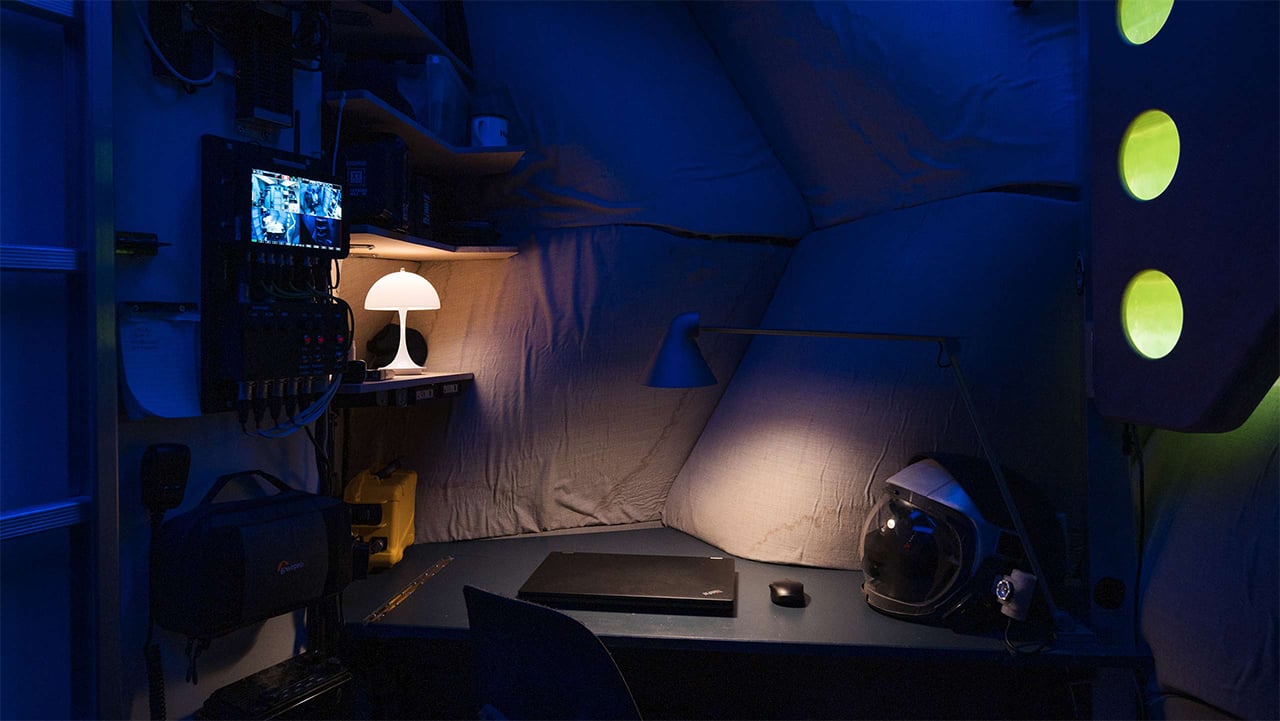
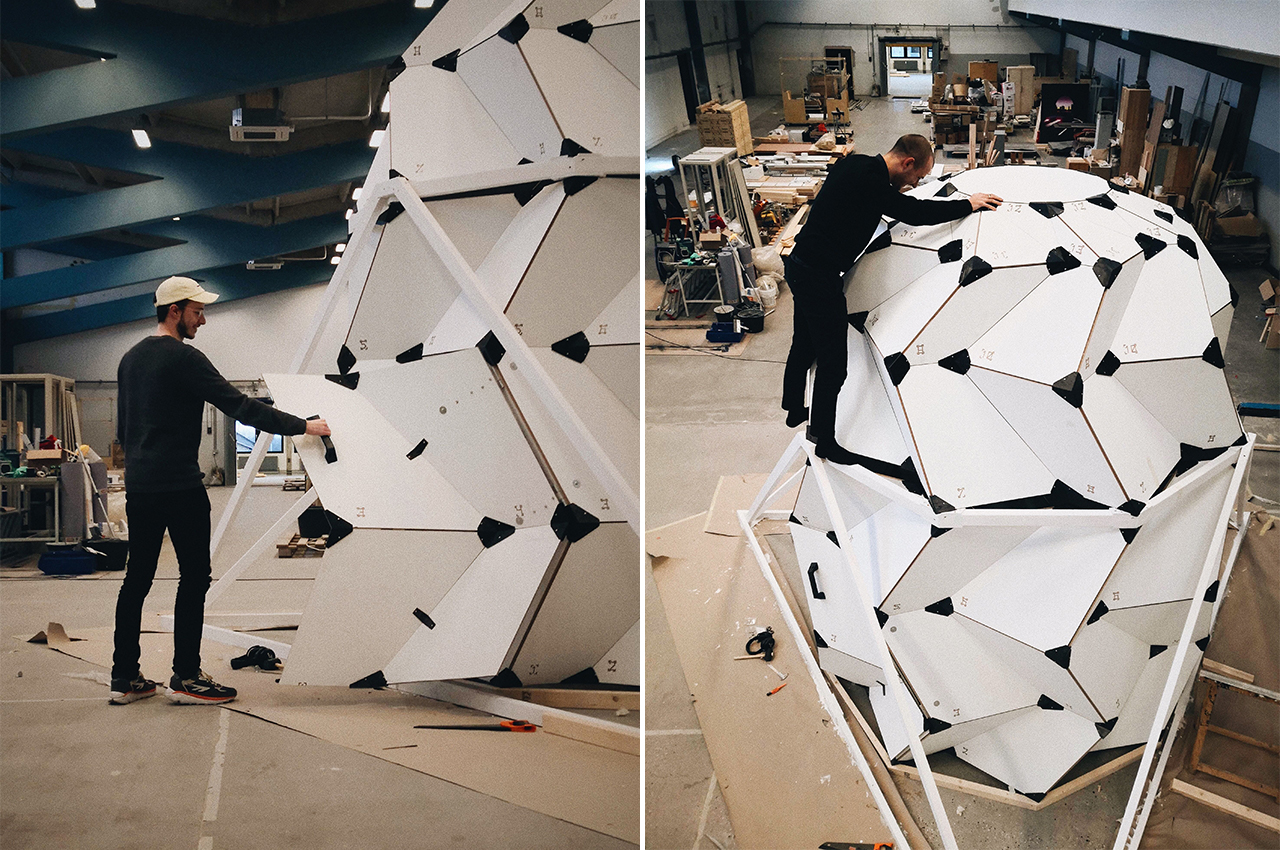

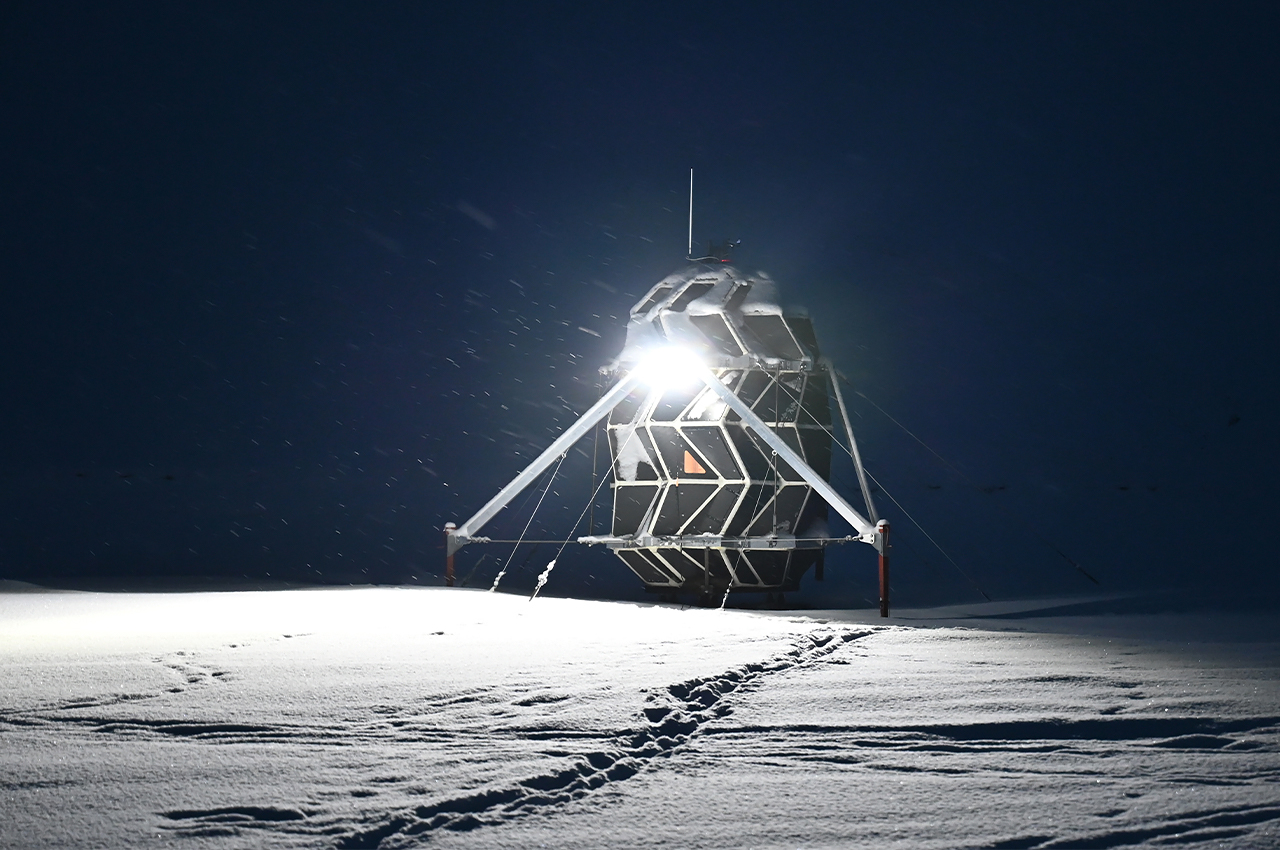
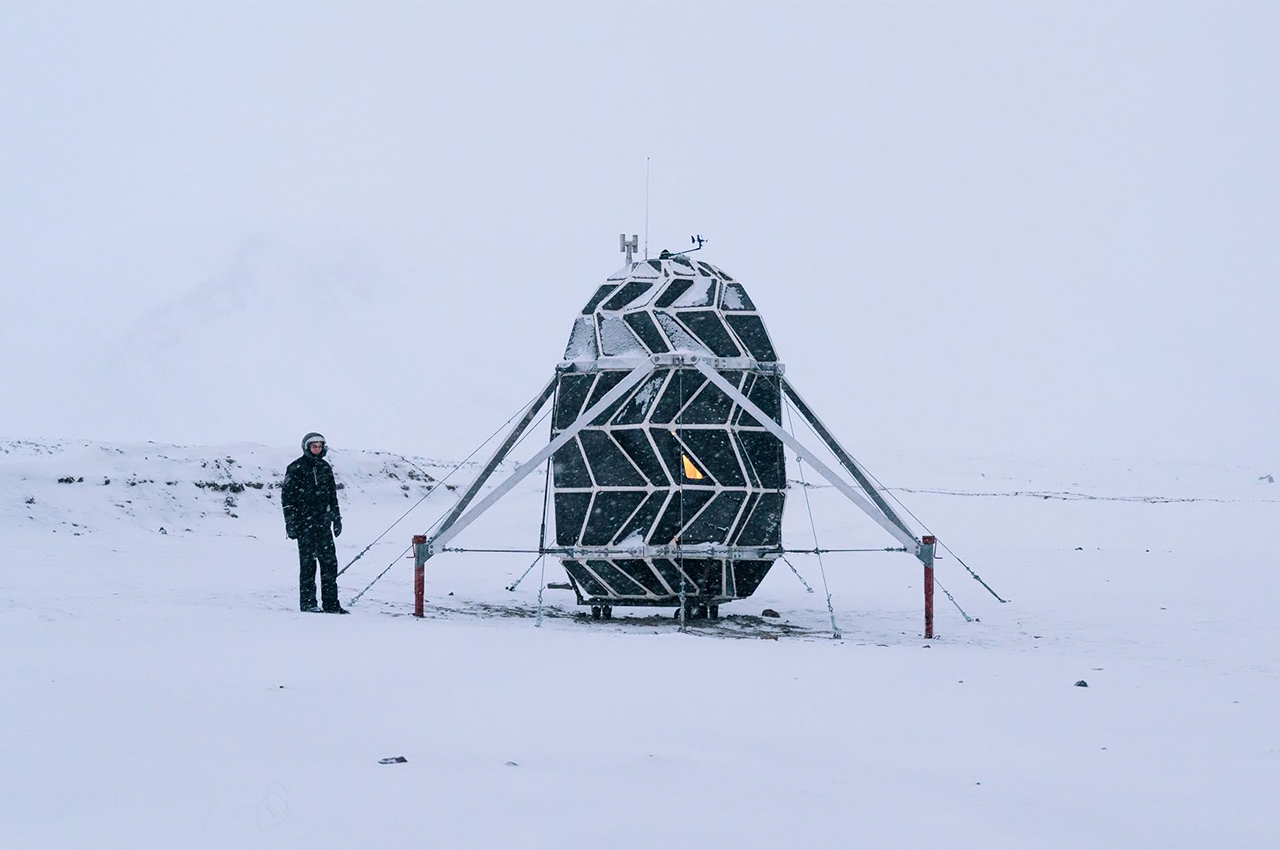
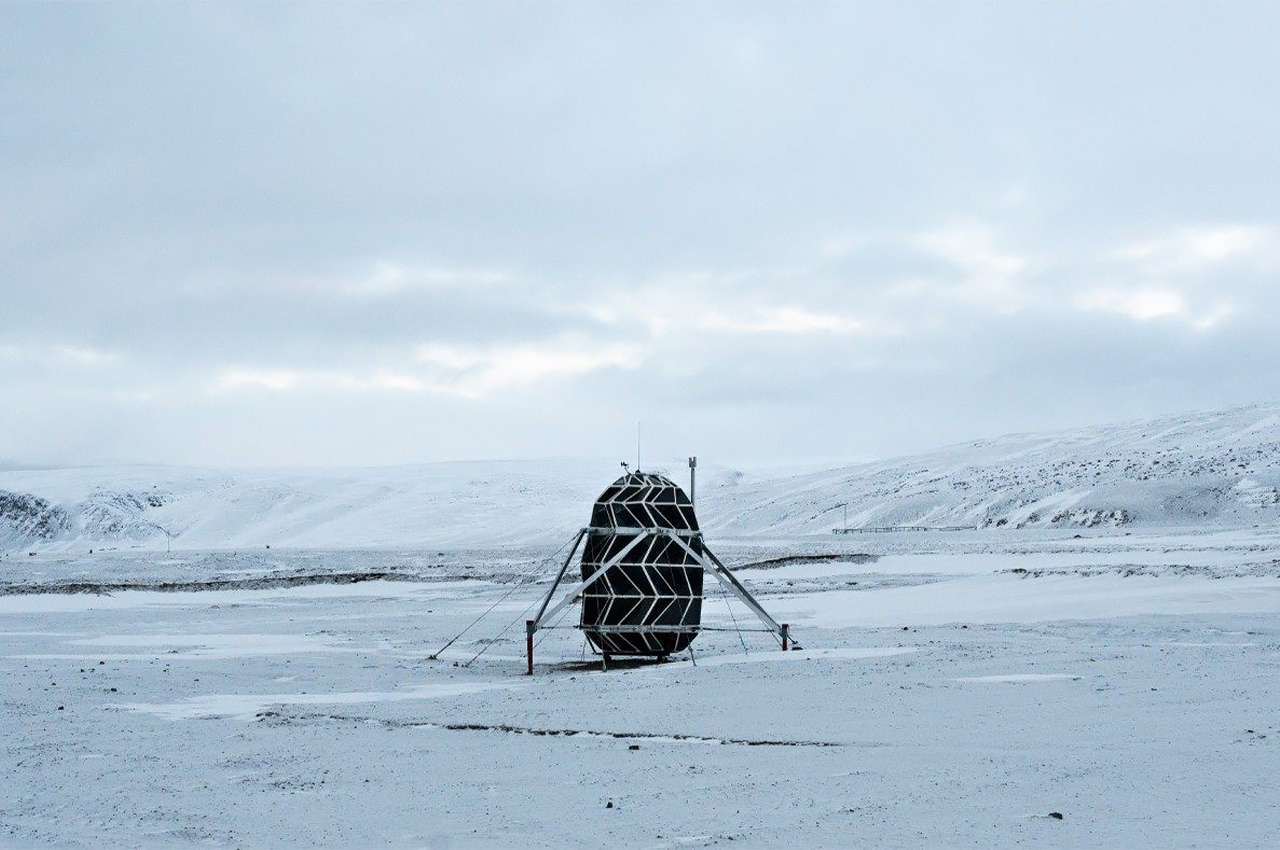
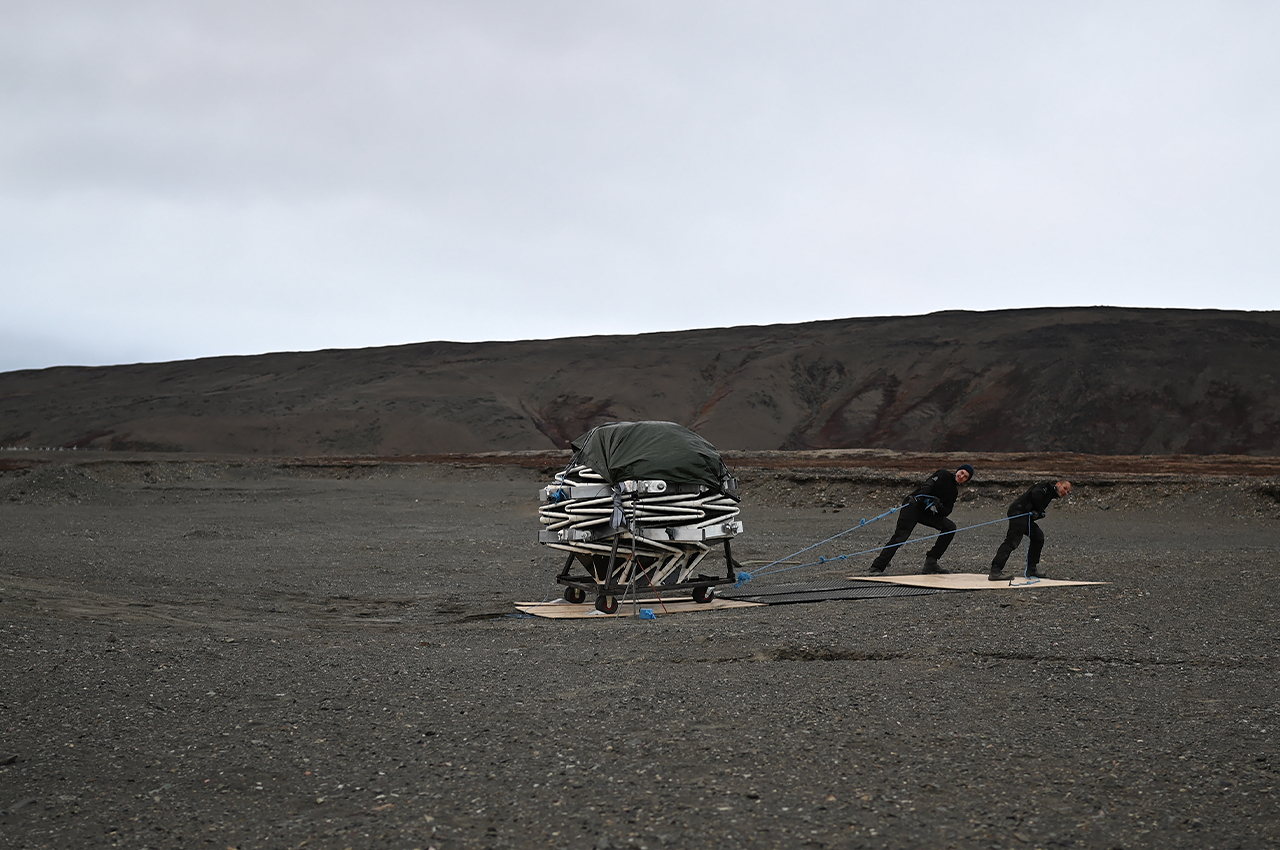
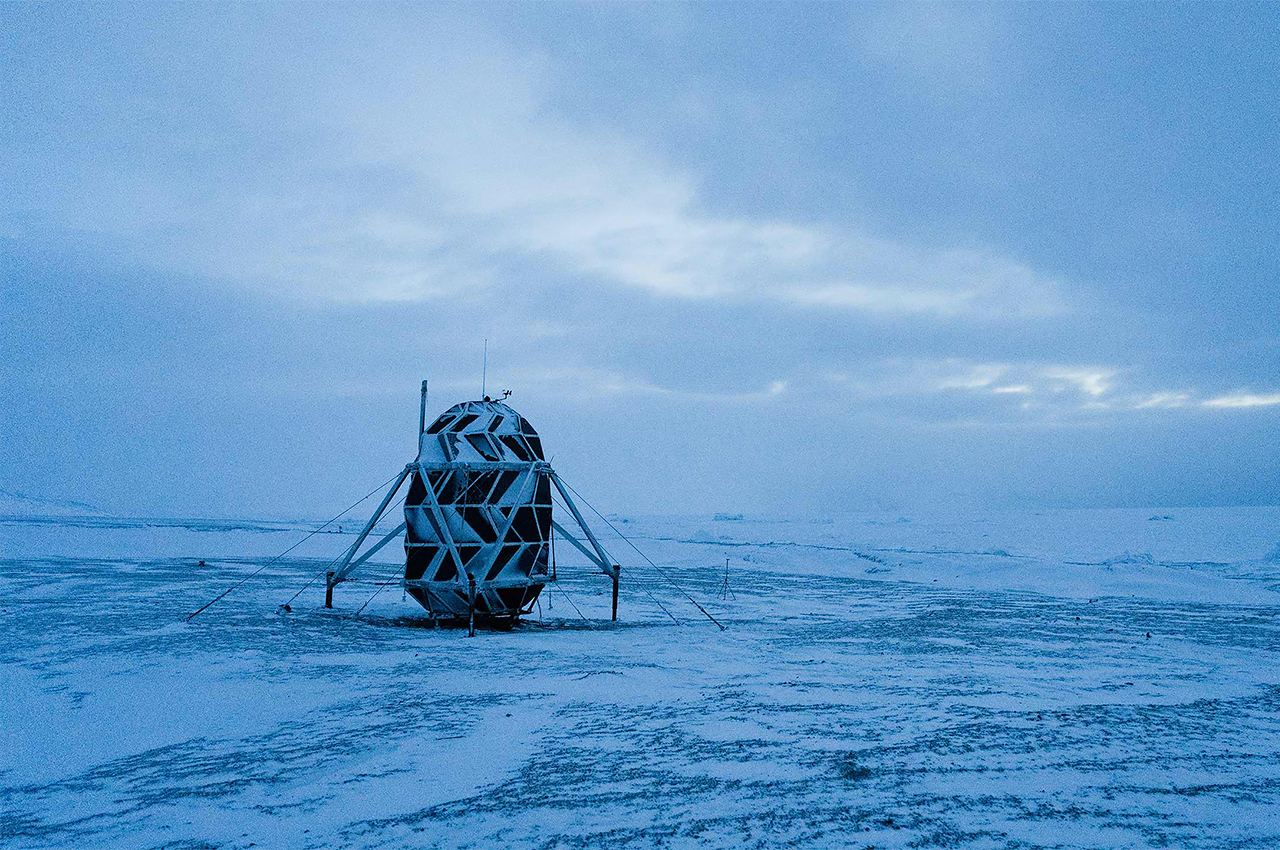
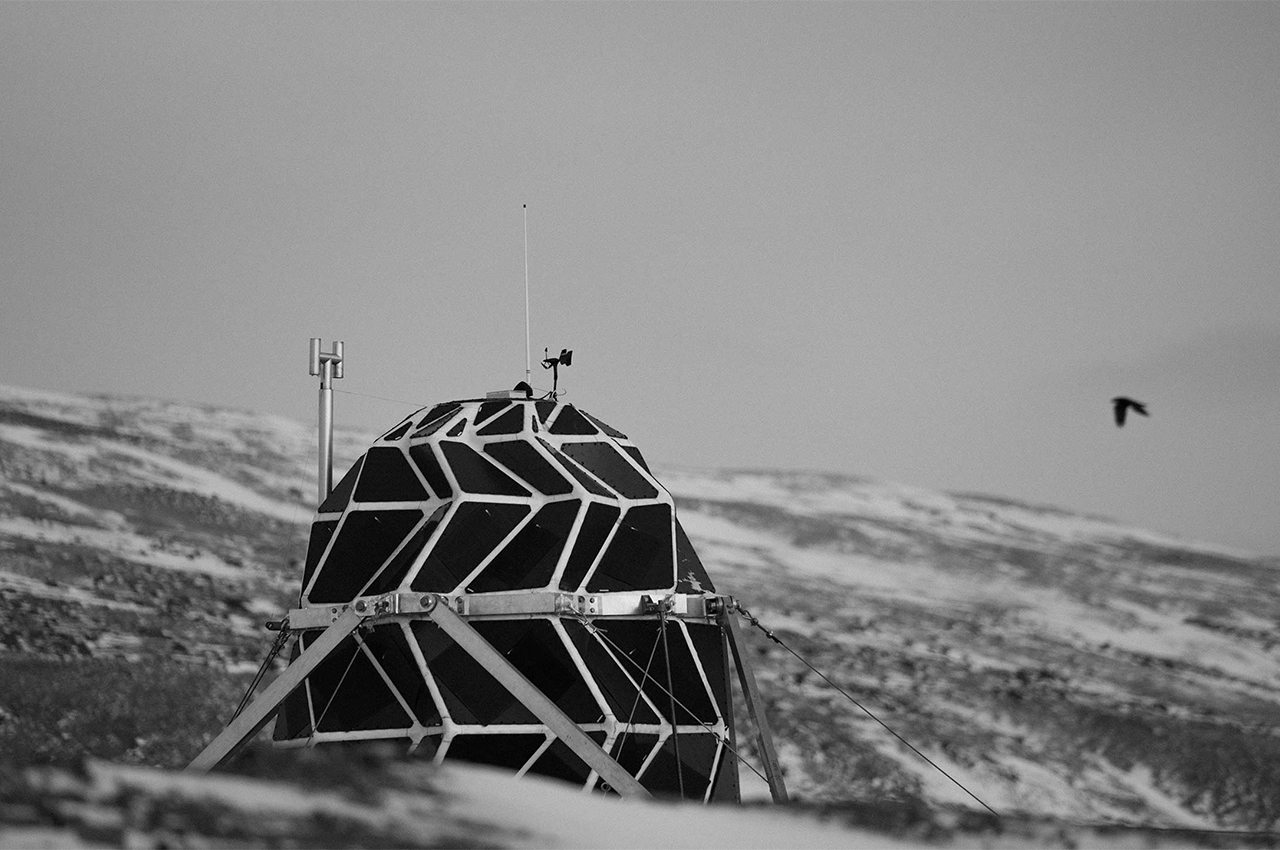
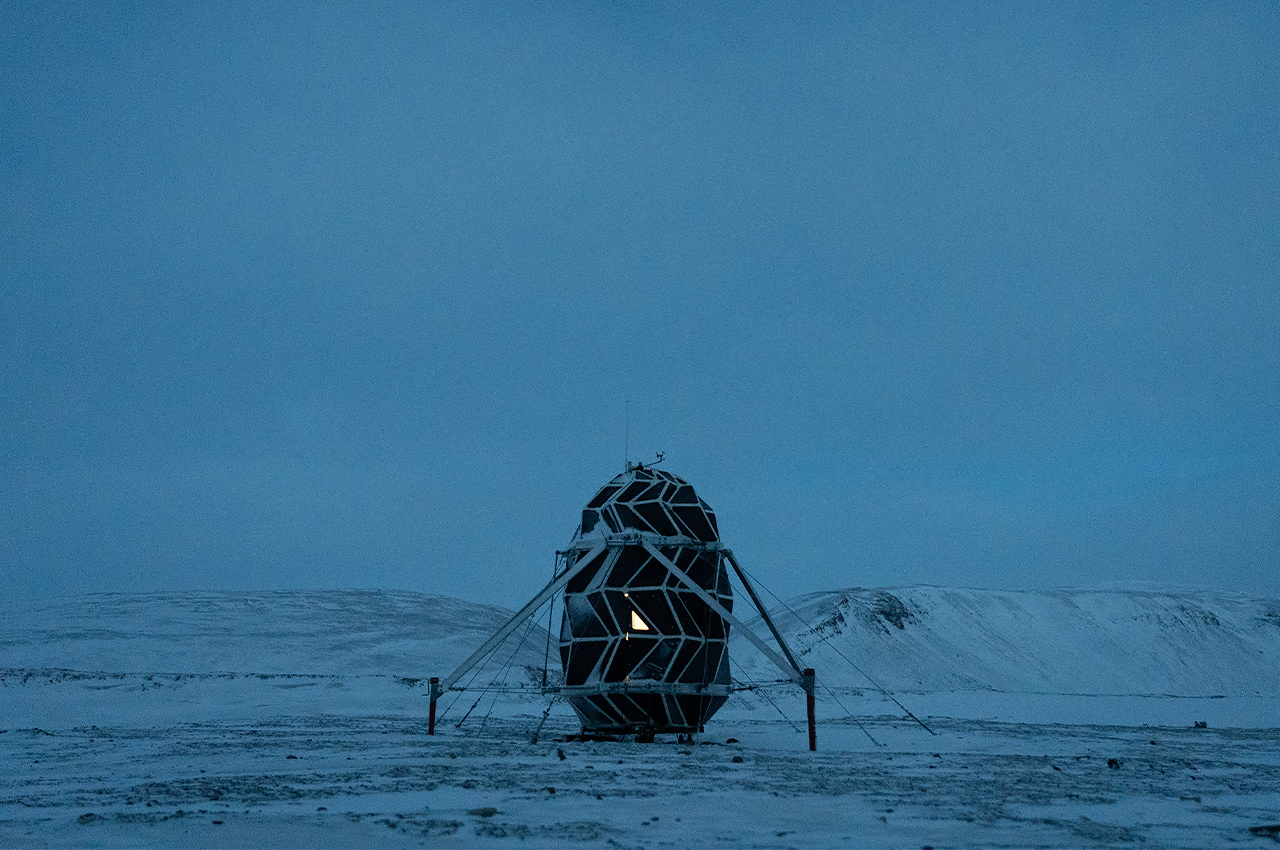




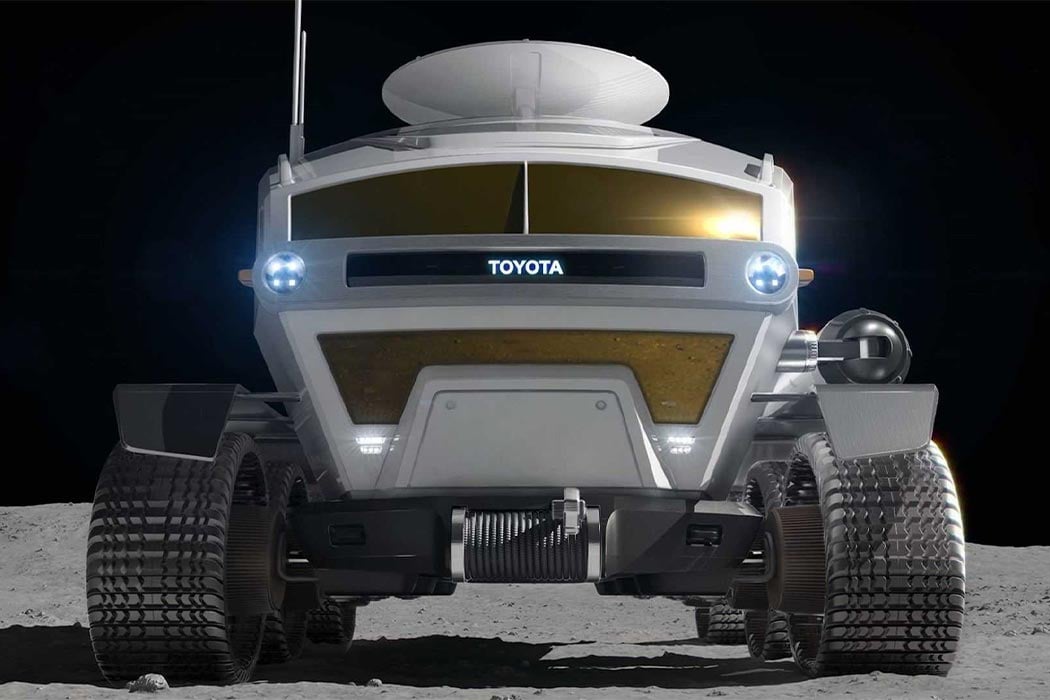
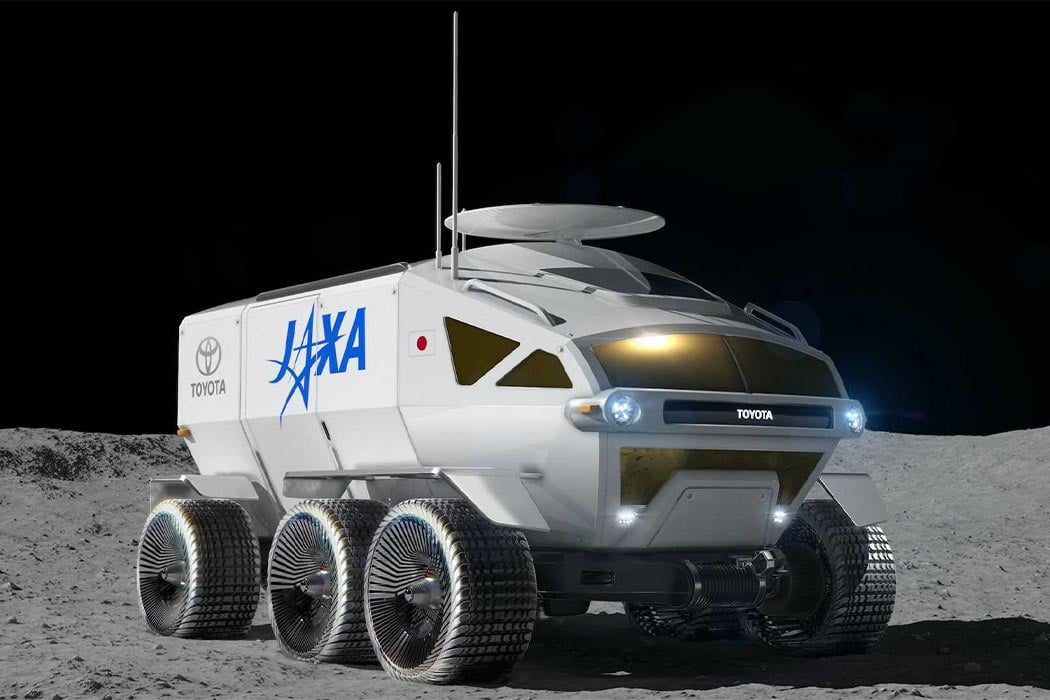
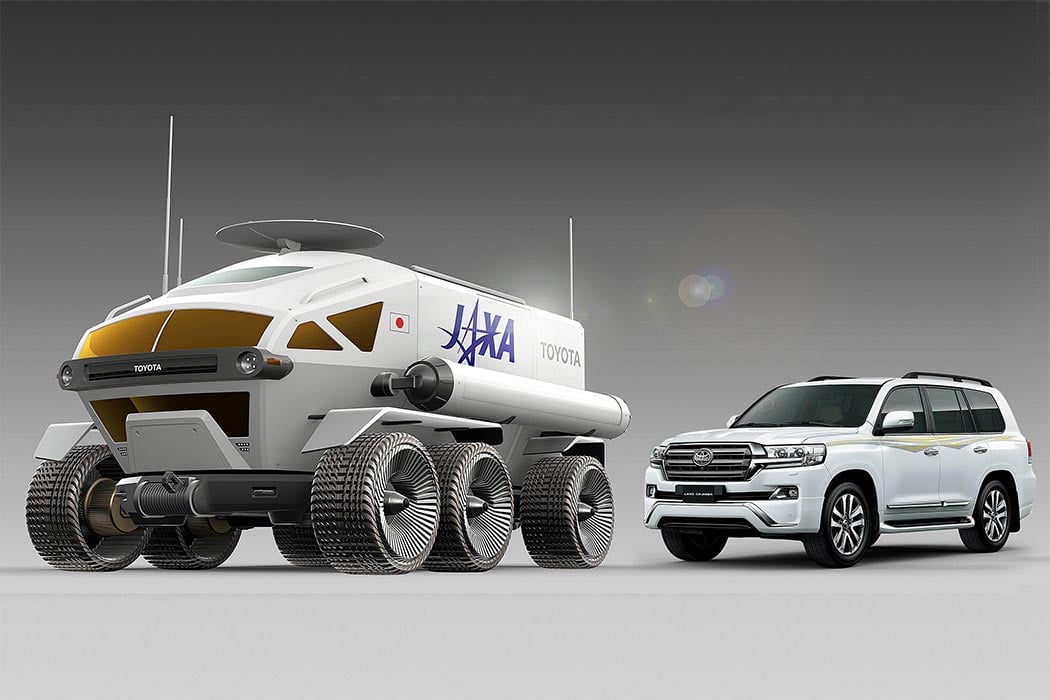

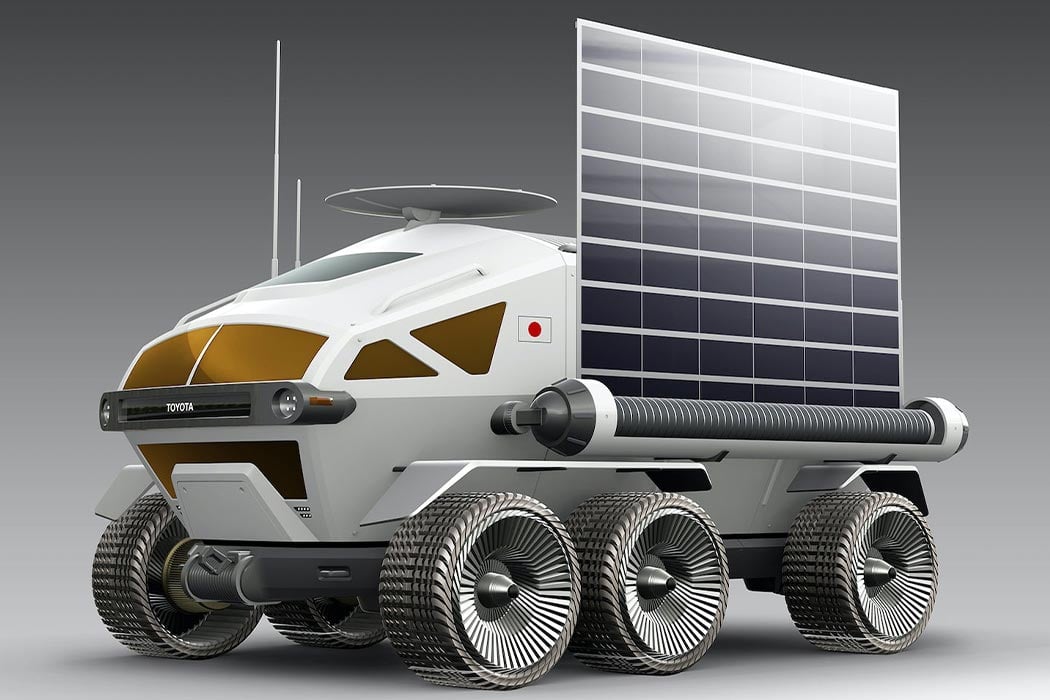
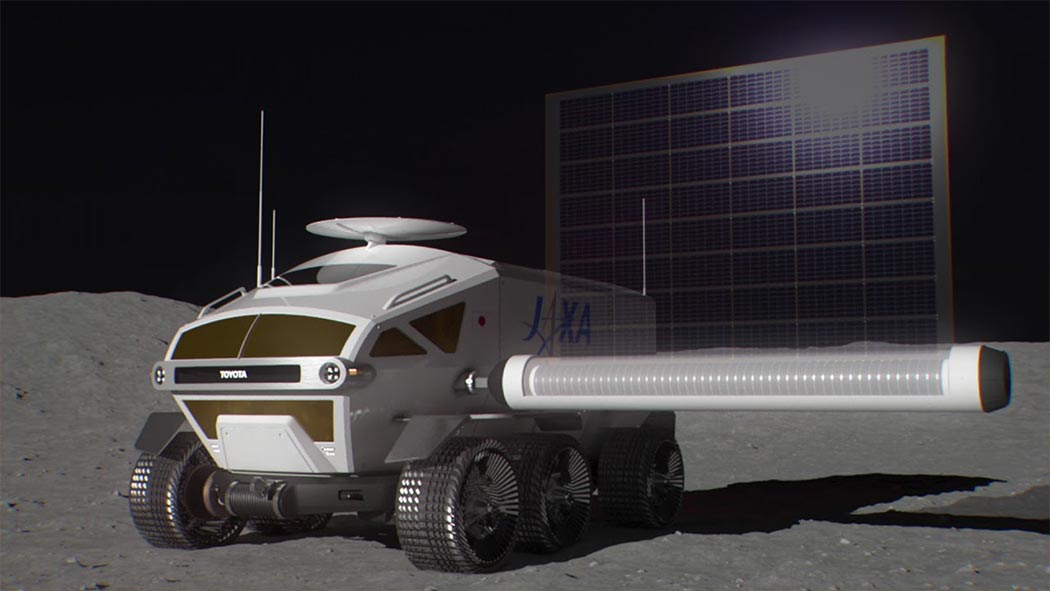

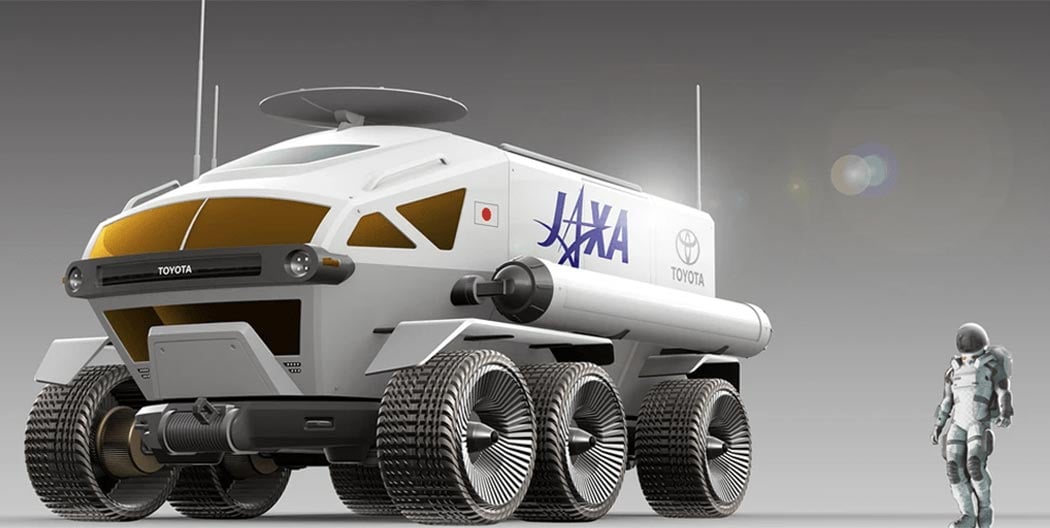
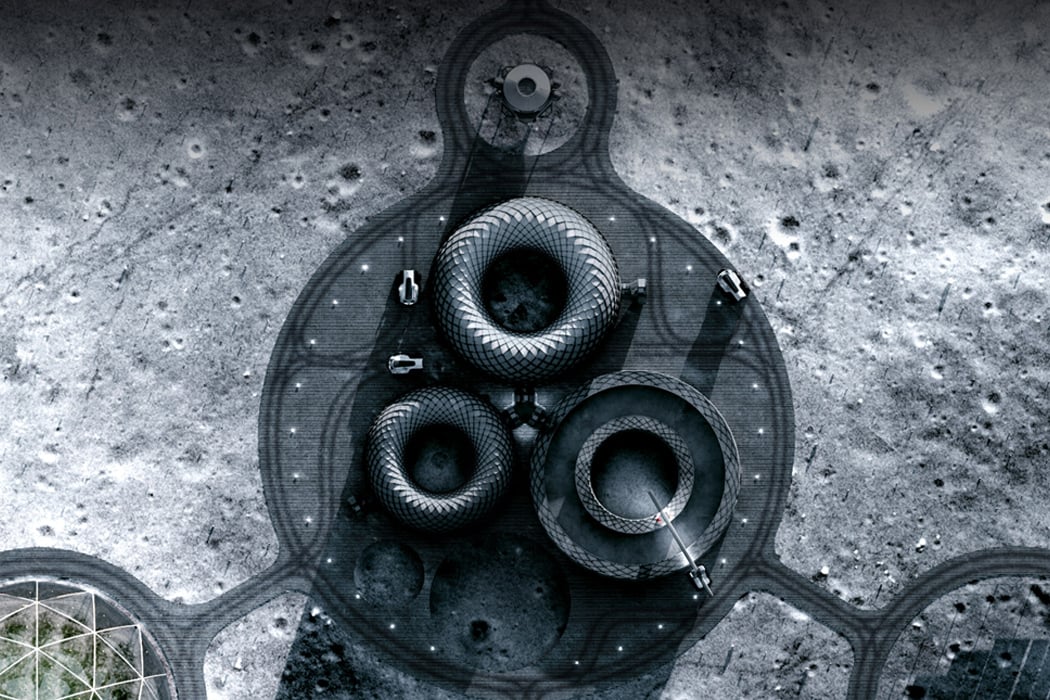
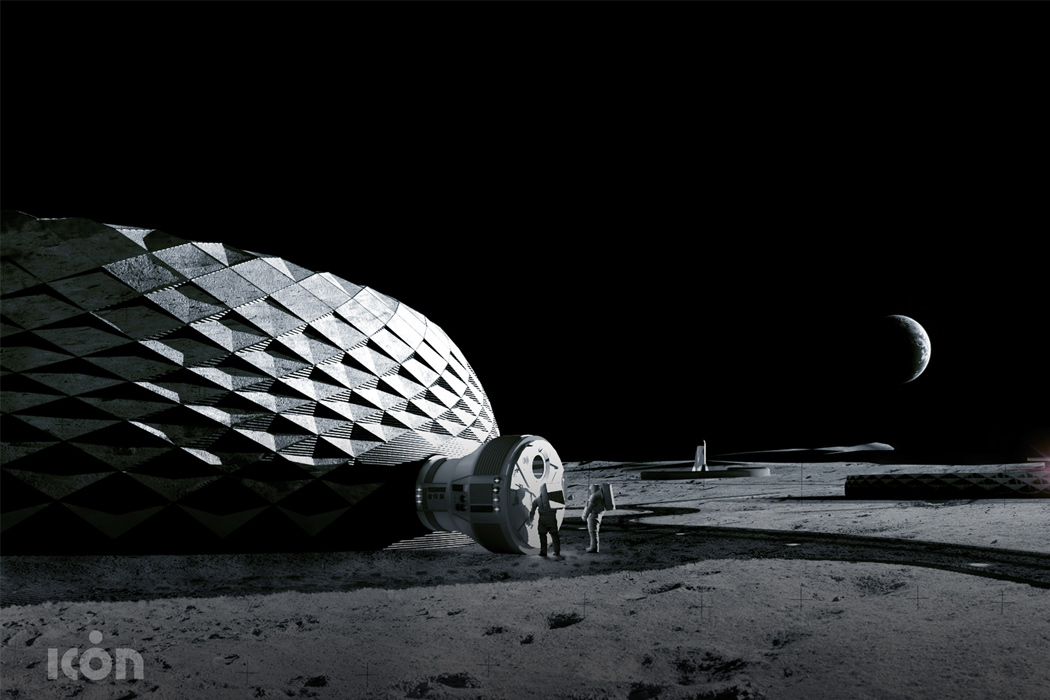
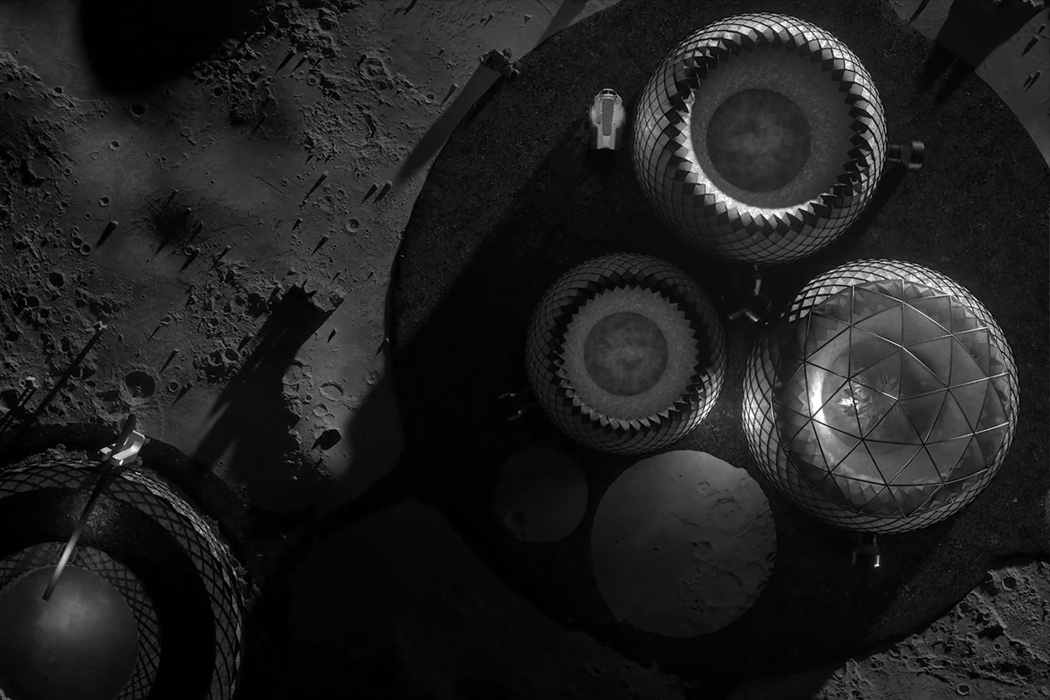
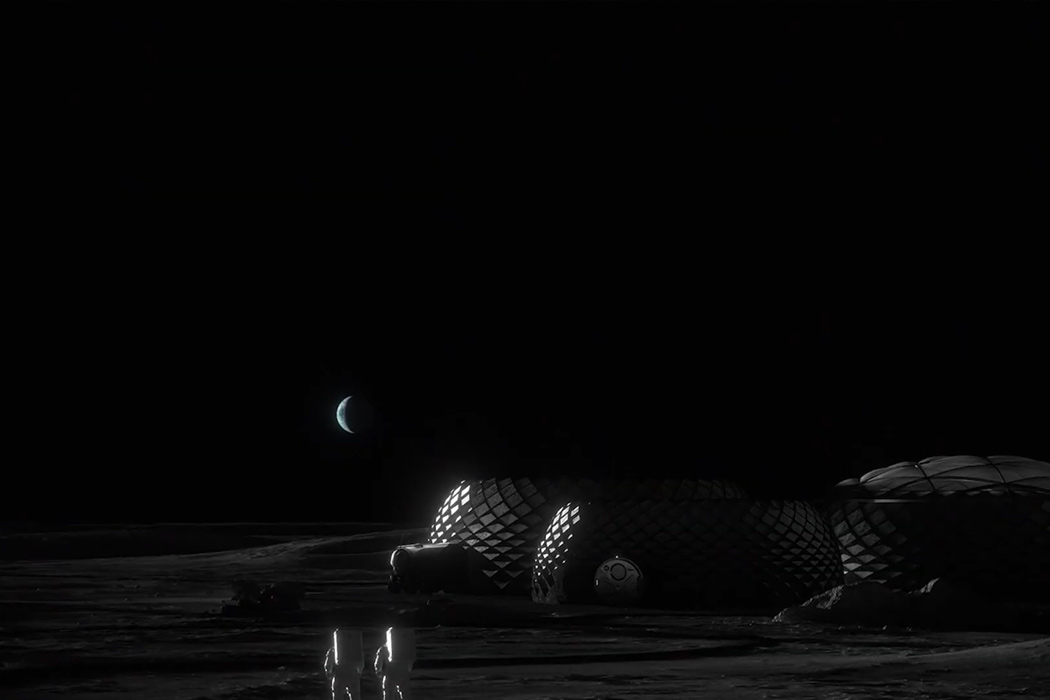
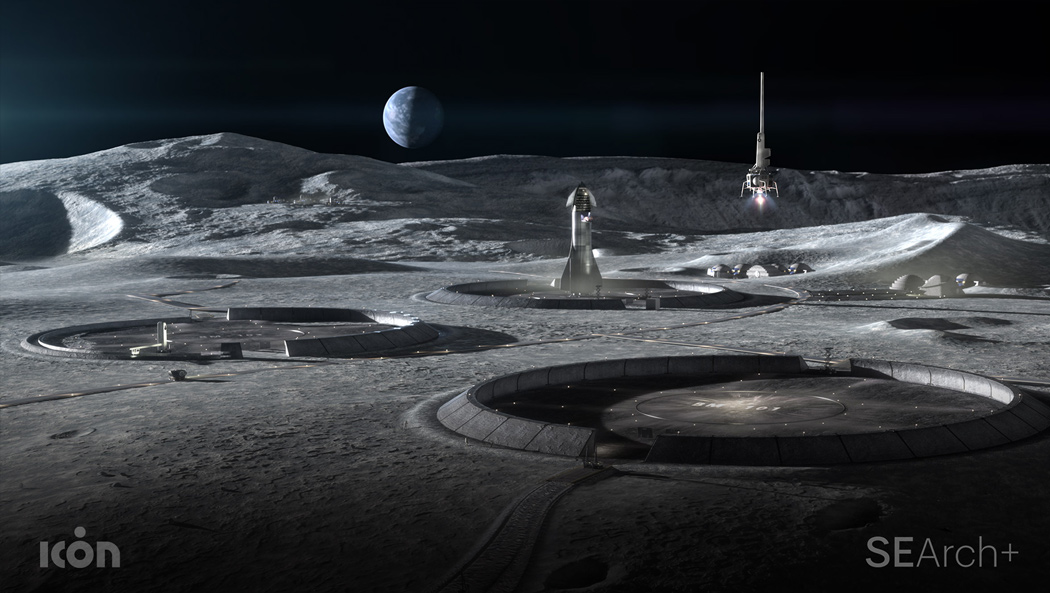

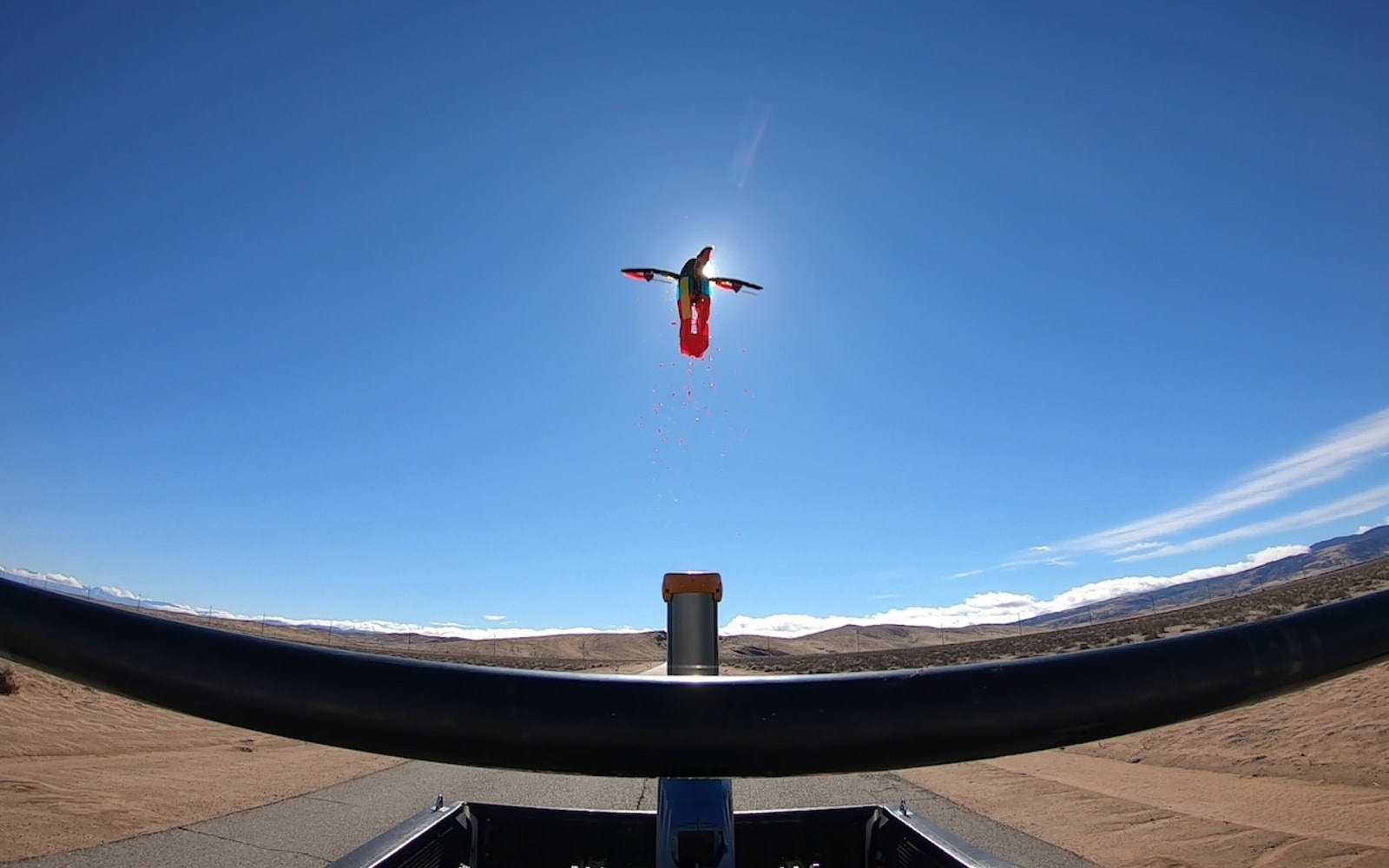 Researchers launched a drone from a pneumatic baseball pitching machine strapped to a truck traveling 50 miles per hour. They hope this ballistic launch method might lead to drones that are better suited for emergency response and space exploration m...
Researchers launched a drone from a pneumatic baseball pitching machine strapped to a truck traveling 50 miles per hour. They hope this ballistic launch method might lead to drones that are better suited for emergency response and space exploration m...